Germany
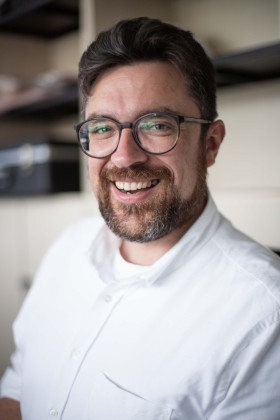
Dr. Jan Wnent
Dr. Jan Wnent is an anesthesiologist, intensivist, and emergency physician with broad experience in prehospital emergency medicine and disaster medicine, as well as extensive experience working in resource-limited settings. He holds a master’s degree in disaster management and risk governance. Dr. Wnent is an assistant professor and head of research at the Institute of Emergency Medicine, University Hospital Schleswig-Holstein, Kiel, Germany, and a senior emergency physician with the German Red Cross EMS in Warendorf, Germany.
He managed the Acute Care Unit at Katutura State Hospital, Windhoek, Namibia, where he successfully converted it into a functioning ICU. Additionally, he developed and conducted emergency medicine courses at the University of Namibia, School of Medicine, for seven years.
Dr. Wnent is a member of the steering committee of the German Resuscitation Registry and the European Resuscitation Council’s EuReCa studies. His scientific focus is on resuscitation science, prehospital emergency medicine, and disaster management.
HIGH-QUALITY RESUSCITATION & CARE
Updates on the Chain of Survival and Beyond
Time: 09:00 - 09:20
Abstract:
The chain of survival concept for treatment of out-of-hospital-cardiac-arrest was established years ago, and in the 2015 ERC guidelines an update, with a high priority on bystander CPR, was published. Even thoug, Utstein has a definition of bystander CPR, the understanding in diEerent systems is diEerent. In this talk the diEerent links of the chain of survival are discussed and for bystander CPR, response time, and choice of hospital studies are presented. In the second part it will be discussed whether better to change from a chain of survival to a network of survival. Therefore, the current literature is presented including the 2024 Utstein recommendation on OHCA research.

Dr. Jan-Thorsten Gräsner
Jan-Thorsten Gräsner, MD, is the Director of the Institute for Emergency Medicine at University Hospital Schleswig-Holstein in Germany. He is a Professor of Anaesthesiology with a specialization in pre-hospital emergency care. Dr. Gräsner leads the German Resuscitation Registry, serves as the project leader of the European Resuscitation Registry of Cardiac Arrest (EuReCa), and is one of the founders of the GOHCAR initiative, a global collaboration of resuscitation registries. He is also an Advanced Life Support (ALS) instructor and remains active as a flight emergency physician. Prof. Gräsner co-chaired the most recent Utstein OHCA update and is a member of the guideline writing group for the 2025 resuscitation guidelines.
TRAUMA CARE
Post-ROSC Resuscitation - Best Practice
Time: 10:00 - 10:20
Abstract:
Post-resuscitation care is started immediately after sustained ROSC, regardless of location. Based on the 2020/2021 guidelines, there are some recommendations for a structured process of post-resuscitation care.
There are procedures direct after ROSC that should be performed. This will start with an ABCDE approach for a structured patient evaluation. Airway and ventilation support should continue and a 12 lead ECG should be analysed early to differ between STEMI or non-STEMI. After ROSC, systolic blood pressure should be higher than 100mmHG. This goal can be reached by fluid or, if not successful, by vasopressors.
For out-of-hospital cardiac arrest consider transport to a cardiac arrest centre that can provide further treatment.
If there is clinical (e.g. haemodynamic instability) or ECG evidence of myocardial ischaemia, undertake coronary angiography first. This is followed by CT brain and/or CT pulmonary angiography if coronary angiography fails to identify causative lesions.
Hong Kong
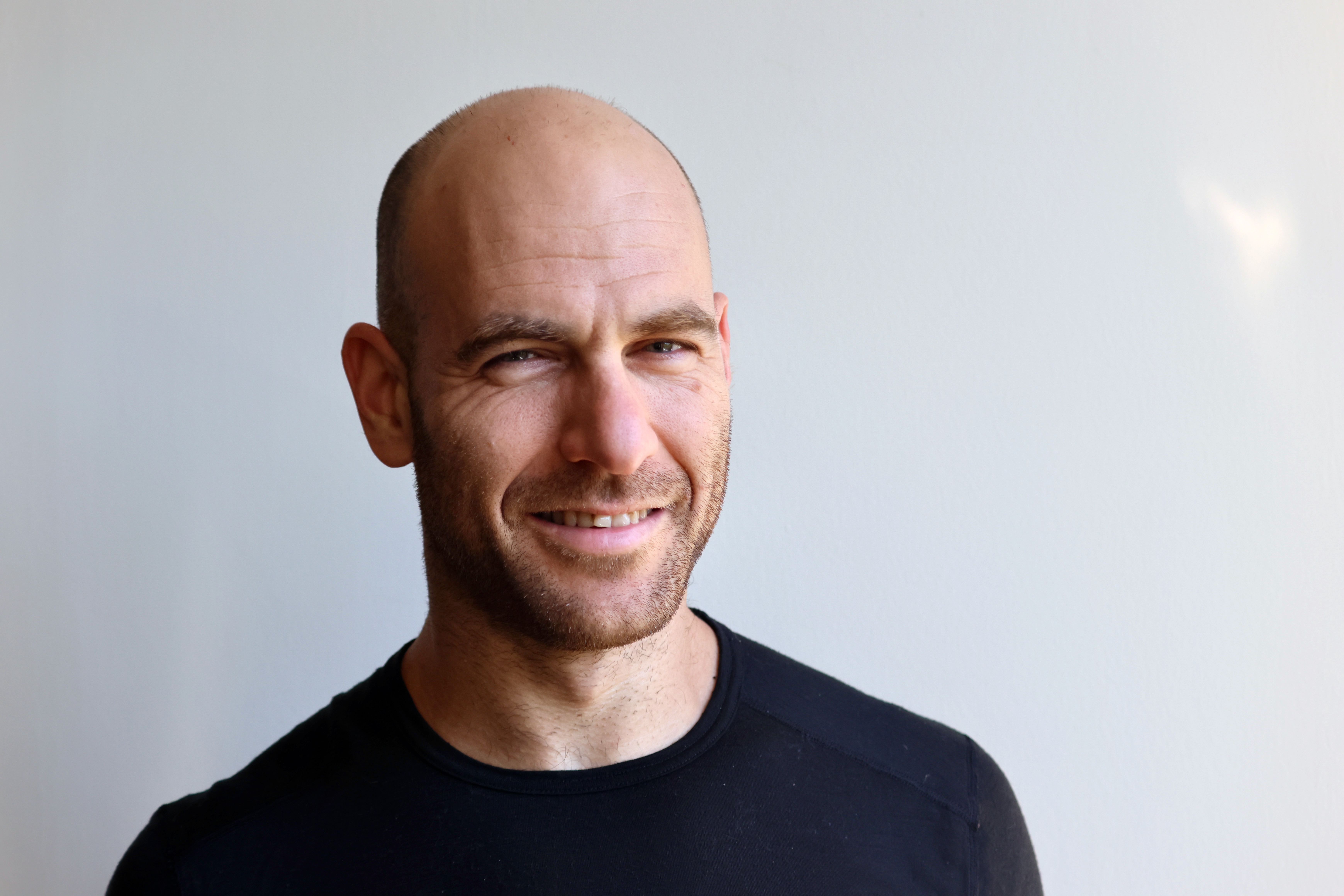
Dr. Zohar Lederman
Zohar Lederman, MD, PhD, is a general practitioner in the Department of Emergency Medicine at the University of Hong Kong. He completed his Emergency Medicine residency at a level one trauma center in Israel and currently works in the Emergency & Accident Department at Queen Mary Hospital, Hong Kong. Dr. Lederman has been an EMT since the age of 15. He also holds a PhD in bioethics, with research interests that include the ethics of cardiopulmonary resuscitation, public health ethics, clinical ethics, and social emergency medicine, with a particular focus on loneliness.
TOXICOLOGICAL EMERGENCIES
Care of the Patient with Rabies Exposure
Time: 10:20 - 10:40
Abstract:
Rabies is a zoonotic viral disease caused by the genus lyssaviruses, resulting in lethal encephalitis. Survival is extremely rare. It can affect most mammals, but the main reservoir host are bats and the main non-reservoir hosts are dogs. In fact, transmission through dogs is responsible for 90% of all human infections. Males aged 4-15 are most at risk. Up to 70,000 people die each year from rabies. It is most common in Southeast Asia. Due to poor vaccination coverage and regulation of dog trade, rabies is rampant in Vietnam, particularly in rural areas. In fact, since January 2024, 29 people have died from the virus in 16 provinces.
In case of a mammal bite with more than minimal bleeding, the WHO recommends to “Administer rabies immunoglobulin and vaccine immediately,” otherwise known as post exposure prophylaxis (PEP). Risks and burdens of PEP include costs, discomfort and emotional anxiety for patients, and potentially, anaphylaxis. This talk will cover state-of-the-art basics for the management of patients potentially exposed to rabies.
Singapore
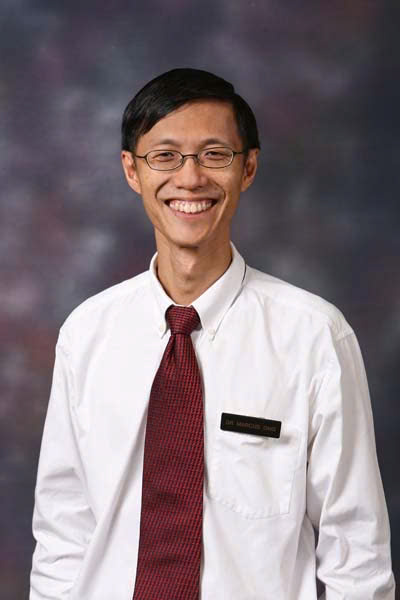
Dr. Marcus Ong
Prof. Marcus Ong, MBBS, MPH, FRCS (Edin), is a Senior Consultant and Clinician Scientist in Emergency Medicine with clinical expertise in Pre-hospital Emergency Care (PEC) and research expertise in Health Services Research (HSR). Over two decades, he has pioneered research in Singapore that has been implemented into policies, dramatically increasing the survival rate of patients with Out-of-Hospital Cardiac Arrest (OHCA) by more than tenfold. He leads a world-class HSR program that has been integrated into the Ministry of Health’s Pre-hospital Emergency Care 5-year plan, which he oversees as Medical Director.
PLENARY SESSION
International Publication in Emergency and Critical Care: How to Share Locally Relevant Issues with The Global Community
Time: 10:40 - 11:05
Abstract:
Research has a key role in advancing Emergency Medicine and Critical Care. In this lecture, we will explore our motivations for research and publications, which should be patient centered, help us understand our health systems, translate to policy, improve our communities and impact the world. Prof Ong will share examples from his own career how to communicate our globally relevant messages to the scientific world and our local communities.
United Kingdom
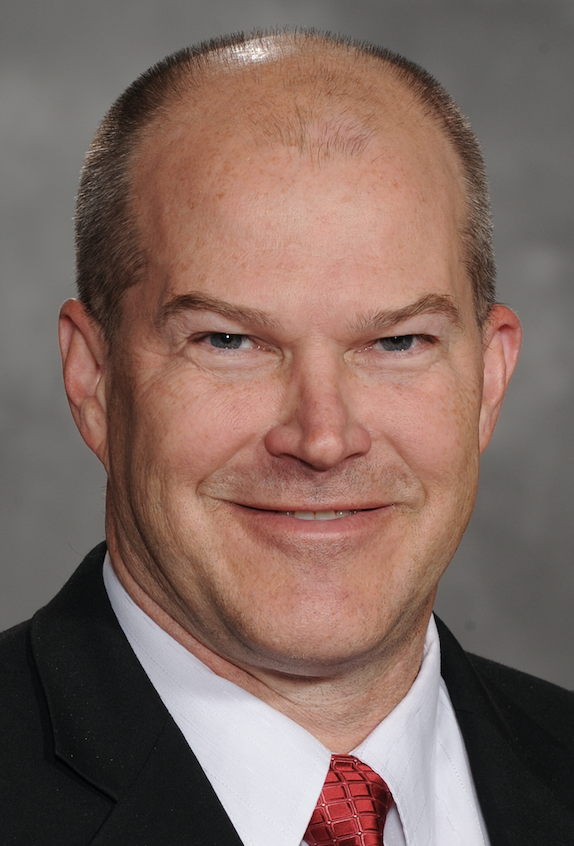
Dr. Paul Kivela
Paul Kivela, MD, MBA, is a Professor of Emergency Medicine at the University of Alabama at Birmingham, where he currently serves as Vice Chair of Clinical Operations. He is a Past President of the American College of Emergency Physicians and has over 25 years of experience in EMS management. Dr. Kivela is also the Medical Director of Medic Ambulance in California, where he has helped develop several innovative programs, including the ALS-RN transport program and a successful post-discharge Medical Integrated Health program. His areas of expertise include clinical practice, risk management, error prevention, leadership development, and the creation of innovative solutions in healthcare.
Time: 00:00 - 00:00
Abstract:
United States
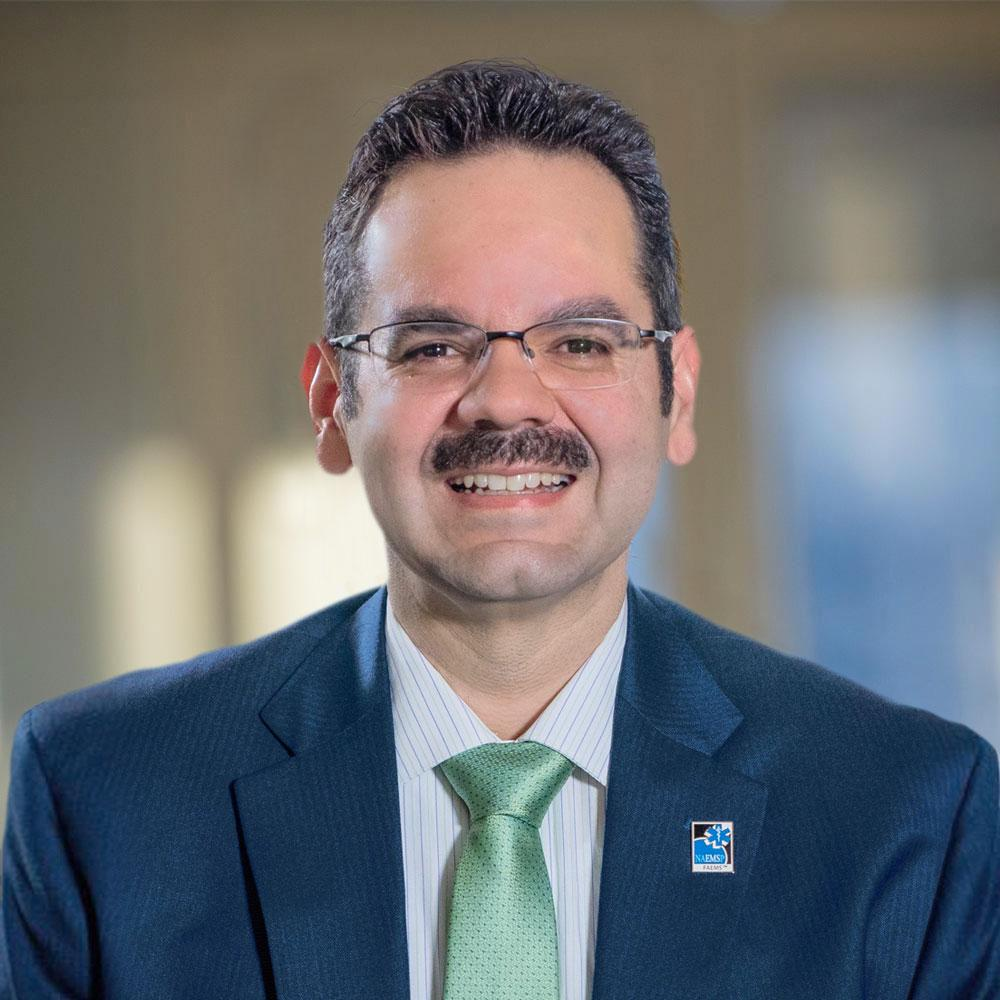
Dr. Jose G. Cabanas
José G. Cabañas, MD, MPH, FAEMS, serves as the Chief Medical Officer for Wake County Government. He is a board-certified emergency medical services and emergency medicine physician with extensive experience in patient-centered systems of care. As Chief Medical Officer, Dr. Cabañas provides executive leadership to ensure the integration and coordination of programs and services that support the community’s health and safety. Additionally, he serves as the Medical Director for Wake County EMS and is the President of the National Association of EMS Physicians (NAEMSP). Dr. Cabañas completed his Emergency Medicine residency at the University of Puerto Rico, followed by an EMS Fellowship at the University of North Carolina at Chapel Hill, where he also earned a Master’s in Public Health. He holds an academic appointment as Adjunct Associate Professor in the Department of Emergency Medicine at the University of North Carolina at Chapel Hill.
PLENARY SESSION
Quality in EMS: How Can We Measure?
Time: 09:25 - 09:50
Abstract:
Assessing quality is essential for enhancing EMS service delivery within a community. A thorough approach is required to not only influence but also drive system-wide clinical advancements. Often, the concept of quality assurance is mistaken for performance improvement. This lecture will highlight the significance of quality in EMS while clarifying the distinction between Quality Assurance and Performance Improvement. The speaker will also discuss methods for enhancing performance in EMS and share examples of evidence-based metrics to evaluate quality. These concepts can help develop a comprehensive strategy for performance improvement efforts aimed at driving quality in EMS
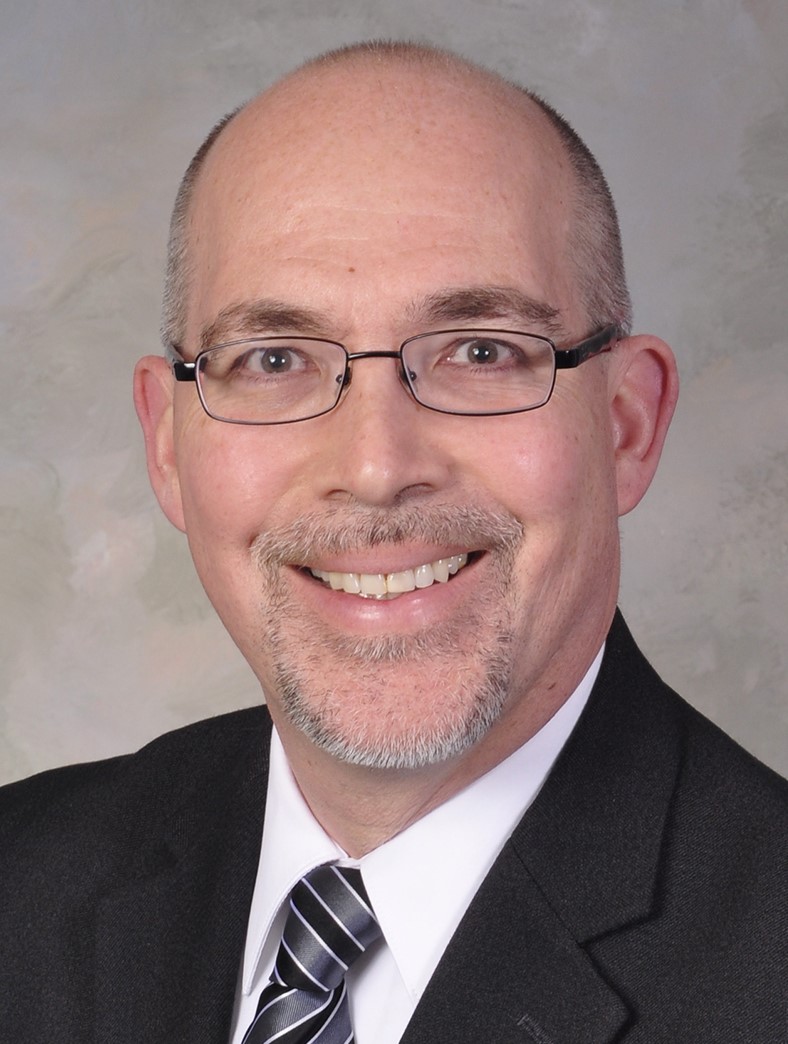
Dr. Douglas F. Kupas
Time: 00:00 - 00:00
Abstract:
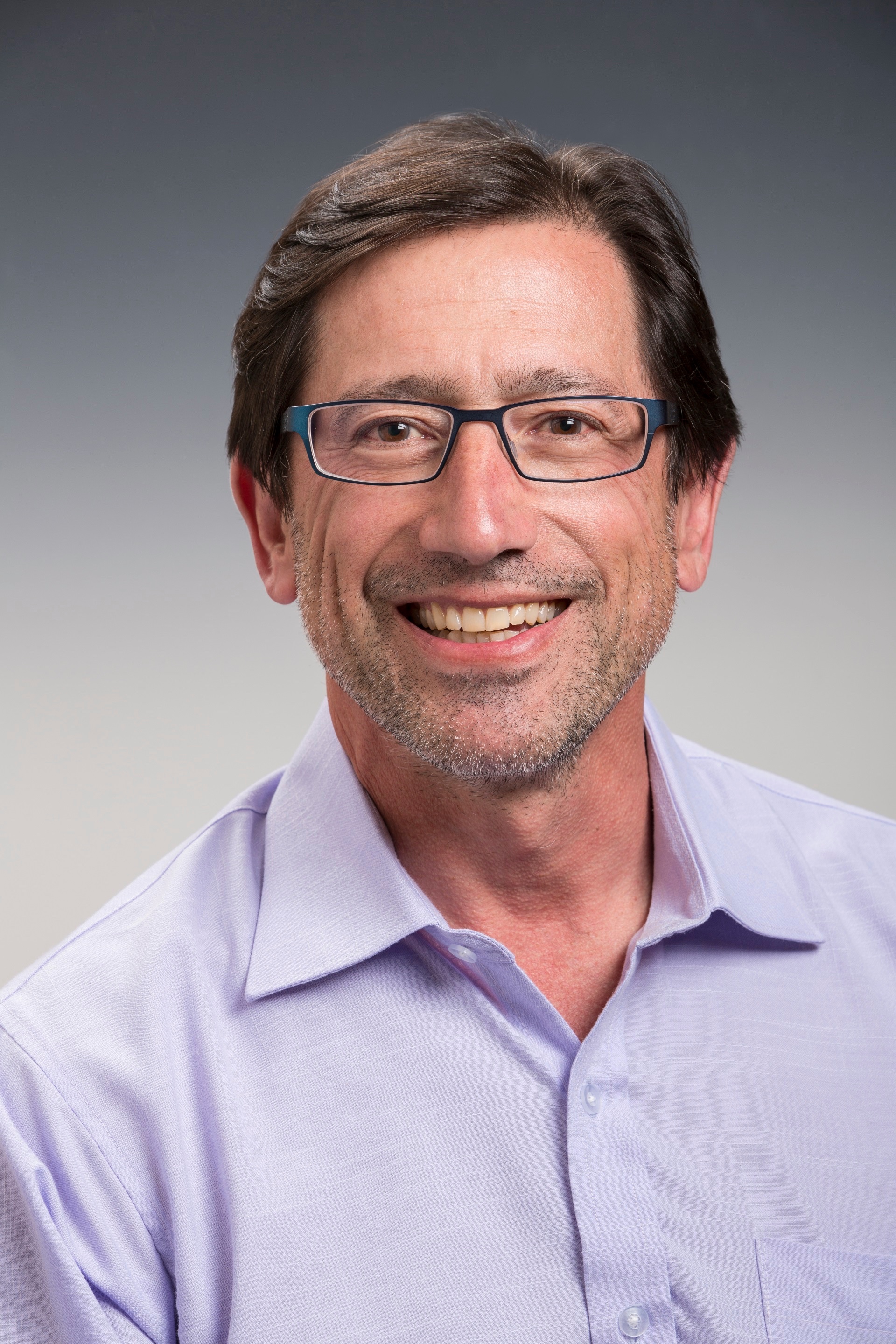
Dr. Michael Levy
Michael Levy, MD, FAEMS, FACEP, FACP, is an EMS physician based in Anchorage, Alaska. He serves as the Chief Medical Officer for Anchorage Areawide EMS, the Medical Director for the Anchorage Fire Department, EMS Medical Director for the Kenai Peninsula Borough, and the Medical Director for Emergency Programs for the State of Alaska. Additionally, he proudly serves as the Medical Director for other EMS agencies across Alaska. Dr. Levy is the Immediate Past President of NAEMSP (2021–2022) and the Chief Medical Advisor for Stryker Emergency Care. He is also the Alaska Division Medical Advisor for the National Ski Patrol.
Dr. Levy’s EMS career has spanned from Chicago to the Navajo Nation and has been centered in Alaska for the past two decades. He has numerous medical publications with a professional focus on resuscitation. His goal in EMS is to empower providers to improve patient outcomes through education, training, and evidence-based practice.
He earned his undergraduate degree from the University of Colorado Boulder and his MD from Northwestern University. He completed residencies in Emergency Medicine and Internal Medicine and holds board certifications in both fields, as well as subspecialty boards in EMS Medicine. Dr. Levy is an Affiliate Associate Professor with the University of Alaska Health Sciences and practices community-based emergency medicine.
POST CARDIAC ARREST MANAGEMENT
Emergency Hemorrhage Control
Time: 09:20 - 09:40
Abstract:
Emergency hemorrhage control is a critical medical intervention aimed at stopping severe bleeding, which is a leading cause of preventable death in trauma cases. Rapid and effective management is essential to prevent hypovolemic shock and improve survival outcomes. Key techniques include direct pressure application, use of tourniquets, and hemostatic dressings. Direct pressure is the first-line method, often sufficient for minor to moderate bleeding. Tourniquets are vital for life-threatening extremity hemorrhages when direct pressure fails. Hemostatic dressings, impregnated with agents promoting clot formation, are beneficial for junctional areas or when tourniquets cannot be applied. Training in these techniques for first responders, military personnel, and civilians in high-risk environments significantly enhances emergency response efficacy. The implementation of standardized protocols and widespread availability of hemorrhage control kits are crucial steps toward reducing mortality from severe bleeding in emergency and trauma settings.

Dr. N. Shakira Bandolin
Dr. Shakira Bandolin is an Assistant Professor of Emergency Medicine at the University of California-Davis Health System. She currently serves as the Director of Global Health for the Health System and oversees the Center for Global Health (CGH). The Center aims to promote global health and equity through education, innovation, and sustainable partnerships to improve health for all.
Within the Department of Emergency Medicine, Dr. Bandolin is the acting Global Health Division Chief and the creator and Director of the Global Emergency Medicine Fellowship. Additionally, she is the acting Director of Global Health for the University of California-Davis Health System.
Dr. Bandolin completed her medical school training at the University of Washington and her Emergency Medicine Residency at the University of California-Davis (UCD). After graduating from UCD, she completed a Global Emergency Medicine Fellowship at the University of Utah before returning to California, where she developed and implemented the first Global Emergency Medicine Division and Fellowship at UCD. She is actively involved in projects and partnerships around the world focused on Emergency Medicine education in low-resource settings, public health programming, and infrastructure building.
CARDIOLOGY AND SHOCK
When Chest Pain isn’t Acute Coronary Syndrome
Time: 13:00 - 13:20
Abstract:
Chest pain is the second most common chief complaint in patient presenting the Emergency Department in most developed countries. While identifying high-risk patients in ED is crucial for timely and appropriate acute coronary syndrome (ACS) management, most patients presenting with chest pain do not have ACS. This talk will explore the differentiation of myocardial infarction (MI) from non-cardiac chest pain, highlighting the incidence and key features of each. We will discuss the presentation, diagnostic workup and review key features that aid in distinguishing these conditions, providing a comprehensive approach to accurate diagnosis and management.
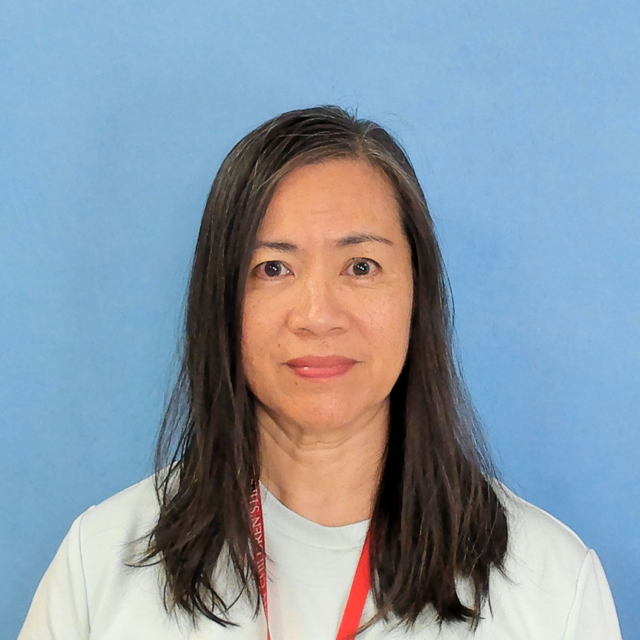
Dr. Besh Barcega
Dr. Besh Barcega is an Assistant Professor of Pediatrics and Emergency Medicine at Loma Linda University School of Medicine. She is an attending physician in the Pediatric Emergency Department at Loma Linda University Children’s Hospital and serves as one of the Global Emergency Medicine faculty members in the Department of Emergency Medicine. Additionally, Dr. Barcega is a course director at Loma Linda University’s Clinical Skills Education Center, focusing on clinical decision-making for medical students during their clinical years.
Dr. Barcega is a member of the Medical Advisory Board for the Palestine Children’s Relief Fund, where she chairs the Emergency Medicine subcommittee. She is also a member of the Pediatric Emergency Medicine subcommittee for the Society of Academic Emergency Medicine’s Global Emergency Medicine Academy. This subcommittee is currently collaborating with the World Health Organization (WHO) to improve the delivery of Pediatric Emergency Medical services in resource-limited settings.
Dr. Barcega also holds an MBA from the University of California, Irvine, and previously served as the Medical Director for Pediatric Emergency Services at two campus hospitals within Loma Linda University Medical Center.
EMERGENCY CARE FOR EXTREME
Approach to the Critically Ill Newborn
Time: 13:00 - 13:20
Abstract:
A sick-appearing newborn who presents to the emergency department can be very daunting for emergency staff. Not only is their small size challenging, but there is also an emotional component involved when trying to care for these very young patients. The objective of this topic is to help simplify the recognition and treatment approach of the ill-appearing newborn.
Critical newborn conditions can be grouped into five categories: respiratory, sepsis/infectious, cardiac, surgical, and metabolic emergencies. We will discuss how to recognize and differentiate these five conditions. We will also discuss how to prioritize the most appropriate management strategies and avoid treatment plans that can cause more patient harm.

Dr. Jane Yee
Jane Yee, MD, is an Assistant Professor of Emergency Medicine and an attending physician at the University of Utah, where she currently serves as the Global Emergency Medicine Fellowship Director. A former global health fellow at the same institution, Dr. Yee completed her emergency medicine residency at Albert Einstein Medical Center in Philadelphia, Pennsylvania, and earned her medical degree from the State University of New York Downstate College of Medicine. She also holds Bachelor of Science degrees in Chemical and Biomolecular Engineering as well as Molecular and Cellular Biology from Johns Hopkins University.
Dr. Yee has a particular interest in medical education and healthcare disparities. To further these interests, she completed the American College of Emergency Physicians' Teaching Fellowship and is currently pursuing an additional degree in Public Health through the London School of Hygiene and Tropical Medicine.
EMERGENCY CARE FOR EXTREME
Pediatric Fever Updates
Time: 13:20 - 13:40
Abstract:
The febrile pediatric patient is a common presentation to the emergency room. While we may know what to do with unstable and critically ill patients, what do we do with the well appearing child? As of 2023, over 26 million are under the age of 18 and 7 million of them are under 5 in Vietnam. This presentation will go over the latest evidence-based guidelines from the American Academy of Pediatrics so that you will know how to manage and treat febrile pediatric patients of various ages.

Dr. Adedamola Ogunniyi
Dr. Ogunniyi is an attending physician in the Department of Emergency Medicine at Harbor-UCLA Medical Center, where she serves as an Associate Program Director, primarily overseeing the didactic curriculum for the residency program. She also acts as the primary mentor for the second-year class. Dr. Ogunniyi completed her residency training at Harbor-UCLA, followed by a fellowship in Global Health at the same institution, where she worked on projects in rural South Sudan and Amman, Jordan. Her academic interests include medical education, simulation, global health, and social emergency medicine, with a focus on integrating these areas into residency training curricula.
At the medical school level, Dr. Ogunniyi co-chairs an unembalmed cadaver lab course at UCLA and is an instructor for various teaching courses. She also mentors fourth-year students pursuing careers in Emergency Medicine. In addition, she is an active member of several departmental, hospital, and medical school committees, including the Departmental Diversity, Equity, and Inclusion (DEI) committee and the International and Domestic Health Equity and Leadership (IDHEAL) section at UCLA. Dr. Ogunniyi is also on the faculty at the Charles R. Drew University School of Medicine and Science, where she serves as a clinical instructor for first- and second-year students.
Dr. Ogunniyi has been an invited speaker at national and international conferences and is an author of several book chapters and peer-reviewed publications.
EMERGENCY CARE FOR EXTREME
Pediatric Asthma
Time: 13:40 - 14:00
Abstract:
The management of pediatric asthma is an ever-evolving field, with new treatment regimens and therapeutic agents being produced often. This lecture will provide a review and update on the current recommendations in the management of pediatric asthma, the benefits of the various agents and potential additional considerations.
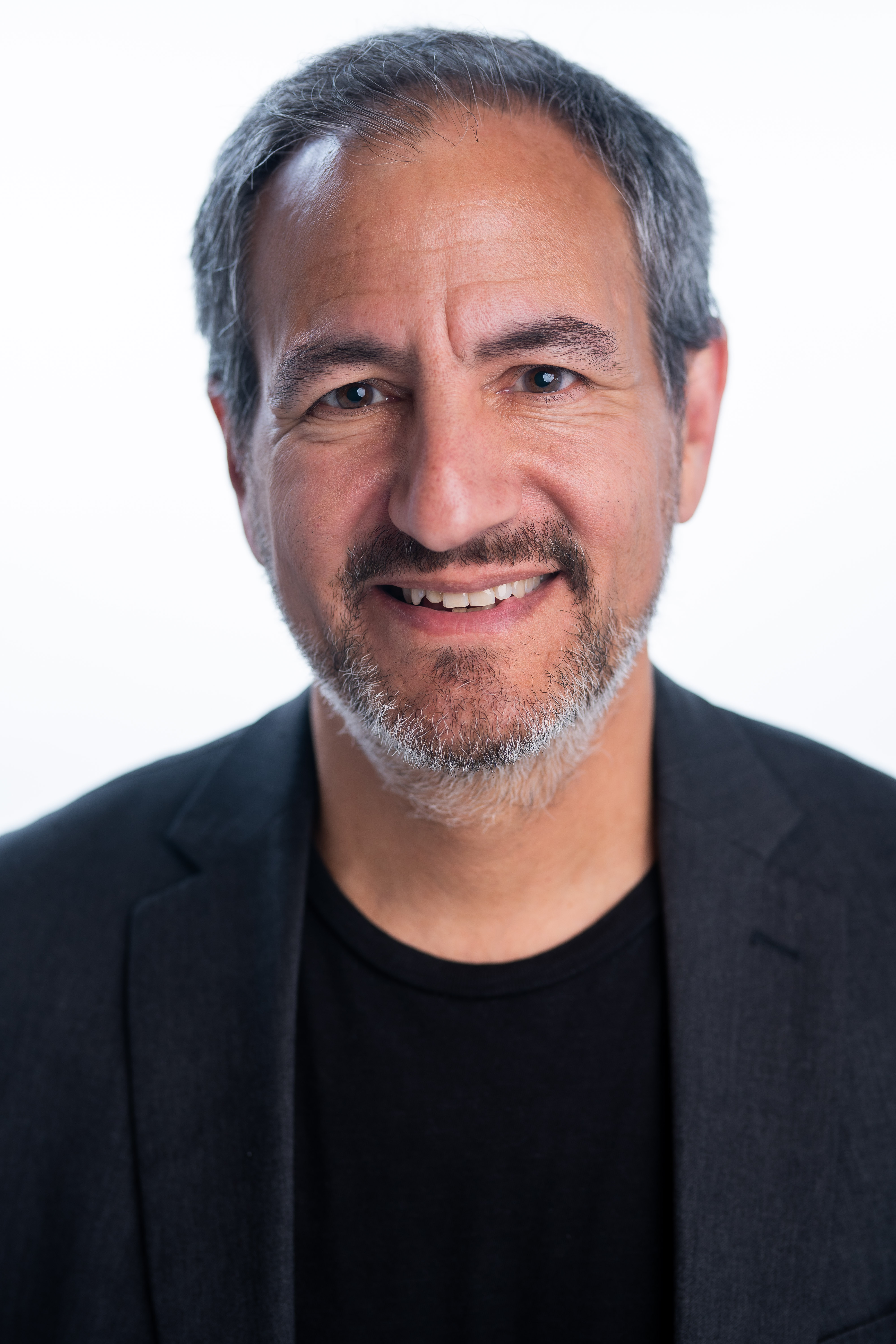
Dr. Michael B. Weinstock
Michael B. Weinstock is the Director of Research at Adena Medical Center and an Adjunct Professor of Emergency Medicine at The Ohio State University. He serves as the Risk Management Section Editor for EM RAP and the Executive Editor for the new podcast UC MAX. He has been the principal investigator for original research published in JAMA and Annals of Emergency Medicine and is the Risk Management Section Editor for CorePendium. He is also the author of the Bouncebacks! series of books. He has practiced medicine both nationally and internationally, including volunteer work in Papua New Guinea, Nepal, and the West Indies.
RESPIRATORY
Pulmonary Embolism: Best Practice
Time: 13:00 - 13:20
Abstract:
Acute pulmonary embolism is a potentially life ending diagnosis but can be difficult to diagnose as symptoms may attributed to anxiety or muscular strain. This lecture will focus on strategies to balance the risk of testing vs. the risk of missing the disease, risk stratification tools including the PERC rule, and how to document the evaluation to reflect consideration of the diagnosis when objective testing is not done. We will present 3 actual cases where the diagnosis was missed as well as advanced anticoagulation therapy in PE patients, including in patients who are in cardiac arrest.
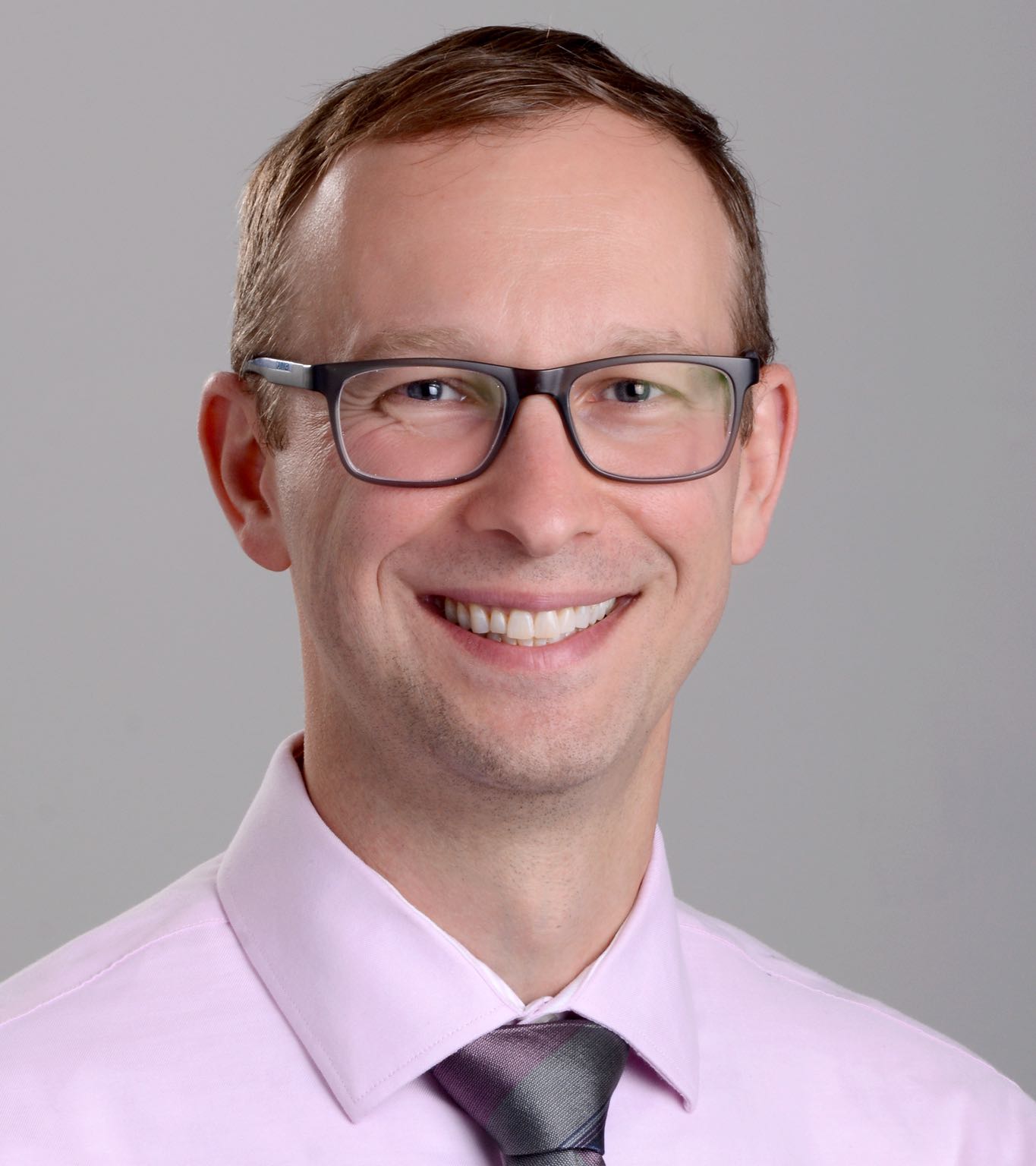
Dr. Kristopher Clark
Kristopher Clark, MD, is a Clinical Assistant Professor in Pulmonary and Critical Care Medicine at the State University of New York at Buffalo (UB) Jacobs School of Medicine and an adjunct faculty member at the University of Pittsburgh School of Medicine. His clinical expertise lies in the care of patients with chronic lung disease. Dr. Clark has launched UB’s first interstitial lung disease (ILD) multidisciplinary conference, and his research focuses on home oxygen assessments and delivery in patients with chronic obstructive pulmonary disease (COPD) and ILD. He also serves as a preceptor for a mechanical ventilation course for critical care trainees
RESPIRATORY
Approach to the Patient with COPD
Time: 13:20 - 13:40
Abstract:
Chronic obstructive pulmonary disease (COPD) is one of the leading causes of death worldwide. COPD is especially common in Vietnam where there are high rates of tobacco use and air pollution exposure and is associated with high healthcare utilization and costs. This lecture will review current guideline recommendations on COPD management with a particular focus on initial management strategies for patients presenting with severe COPD exacerbations. By promoting guideline-directed therapy and early intervention in severe exacerbations, providers can help reduce the impact of COPD and improve clinical outcomes and patient quality-of-life.

Dr. Mayur Patel
ECMO & MECHANICAL VENTILATION
ECMO Effectiveness: How Can We Improve the Patients Outcome?
Time: 15:20 - 15:40
Abstract:
Extracorporeal membrane oxygenation (ECMO) is an advancing multidisciplinary intervention that provides bypass to the heart and lungs, with the goal to temporize damage and bridge to definitive care in critically ill patients. Further, extracorporeal cardiopulmonary resuscitation (ECPR) is being initiated for patients who suffer from cardiac arrest in the prehospital and emergency department setting. This presentation will provide an overview of patient outcomes in 3 influential studies wherein ECMO was initiated for patients who suffer from cardiac arrest in the prehospital setting. While the data is promising for improved patient outcomes through ECPR, further studies are needed to clarify the benefit of ECPR in the emergency setting.
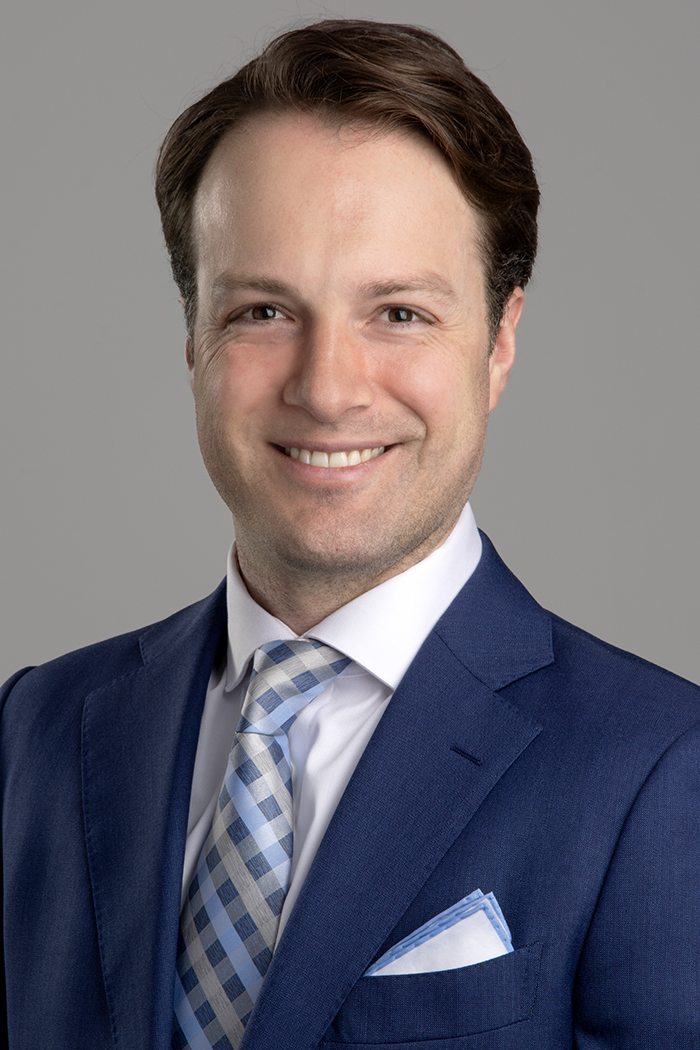
Dr. Eric Kaczor
Eric E. Kaczor, MD, is a Clinical Assistant Professor of Emergency Medicine at the University at Buffalo, Jacobs School of Medicine and Biomedical Sciences in Buffalo, New York. His areas of expertise include emergency medicine and medical toxicology. Dr. Kaczor leads the toxicology rotation for the Emergency Medicine Residency program at the University at Buffalo and is currently developing a clinical toxicology consult service for the local hospital network. He also serves as a consultant for the Upstate New York Poison Control Center and holds an adjunct faculty position with Upstate University in Syracuse, New York.
ECMO & MECHANICAL VENTILATION
ECMO for Acute Poisonings
Time: 15:40 - 16:00
Abstract:
Extracorporeal Membrane Oxygenation (ECMO) is a sophisticated therapy that is being used to treat poisoned patients with cardiogenic shock and respiratory failure. Studies show that severe poisonings are a significant problem in Vietnam with thousands of deaths documented each year. This lecture will review the current trends of ECMO use for treatment of the poisoned patient, evidence of efficacy, examples of poisonings that would benefit from ECMO, and the use of concurrent adjunctive treatments. Early identification of severe poisonings amenable to ECMO will help clinicians in Vietnam to effectively utilize this advanced treatment modality in this unique patient population.
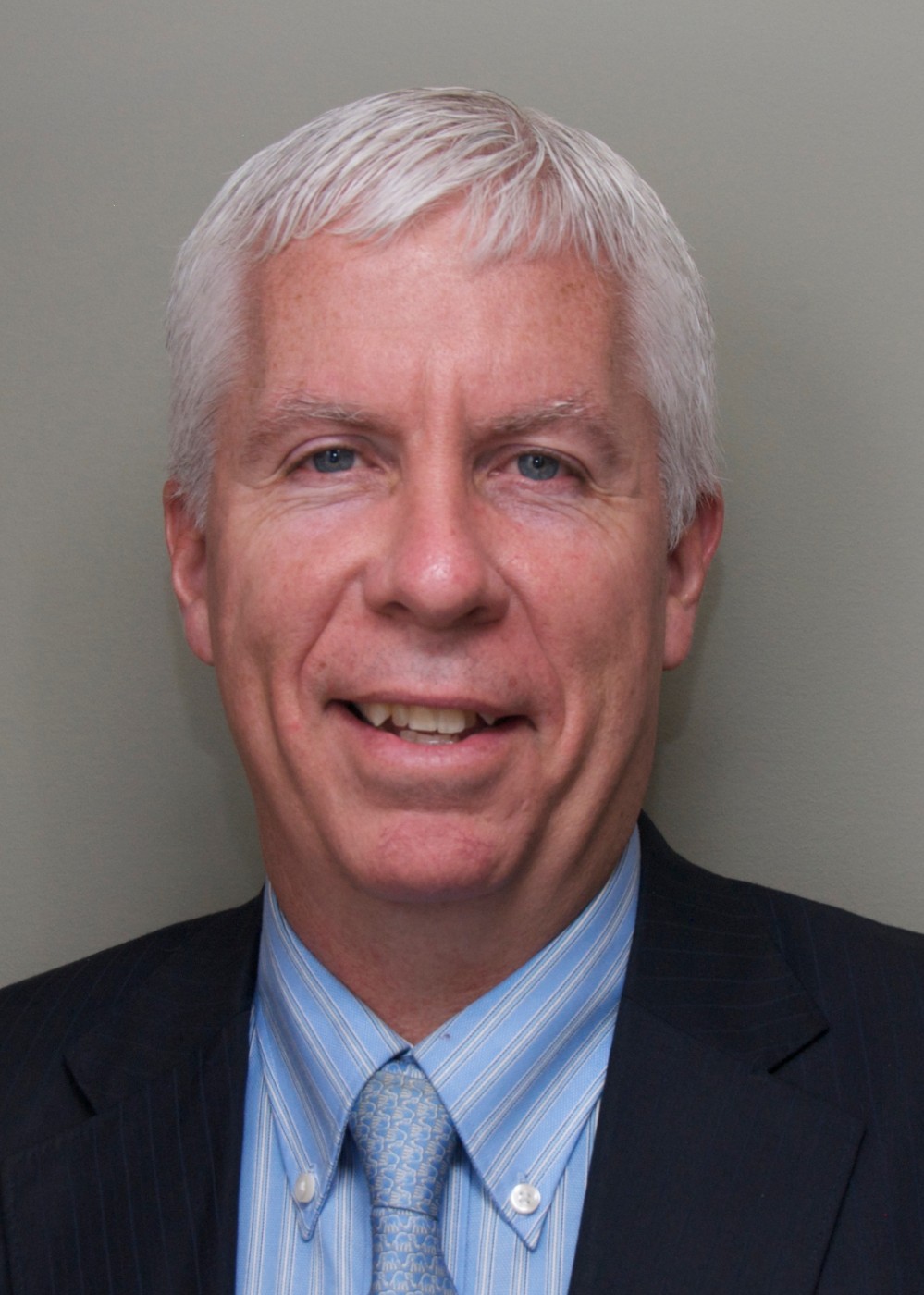
Dr. Bryan McNally
Bryan F. McNally, MD, MPH, is a Professor of Emergency Medicine and Public Health at Emory University School of Medicine in Atlanta, Georgia. His areas of expertise include emergency medicine, as well as prehospital and disaster medicine. Dr. McNally is the Executive Director of CARES (Cardiac Arrest Registry to Enhance Survival), a CDC-funded quality improvement program aimed at increasing survival rates for out-of-hospital cardiac arrests in the United States. He also serves as a consultant to the Pan Asian Resuscitation Outcomes Study (PAROS) and is a board member of the Asian EMS Council. Additionally, Dr. McNally has been a visiting Professor of Emergency Medicine at Duke-National University of Singapore and Bach Mai Hospital in Hanoi, Vietnam.
MONITORING FOR CRITICALLY ILL PATIENTS
A Data-driven Approach to Improving Out-of-hospital Cardiac Arrest
Time: 15:00 - 15:20
Abstract:
Out-of-Hospital Cardiac Arrest (OHCA) is a critical medical emergency with a high mortality rate, necessitating innovative strategies to improve survival outcomes. A data-driven approach offers a promising solution by leveraging OHCA registry metrics to identify patterns, predict outcomes, and optimize interventions. By analyzing large-scale data from emergency medical services (EMS), hospitals, and 911 communication centers, this approach can identify key factors that influence OHCA survival, response times, quality of bystander CPR, and geographic variations in care.
Through the development of dashboards, local maps and decision-support tools, clinicians and first responders can access actionable insights that improve the timelin
ess and effectiveness of care. The goal is to create a feedback loop where data not only informs but also continuously improves practices, ultimately leading to higher survival rates and better outcomes for OHCA patients.
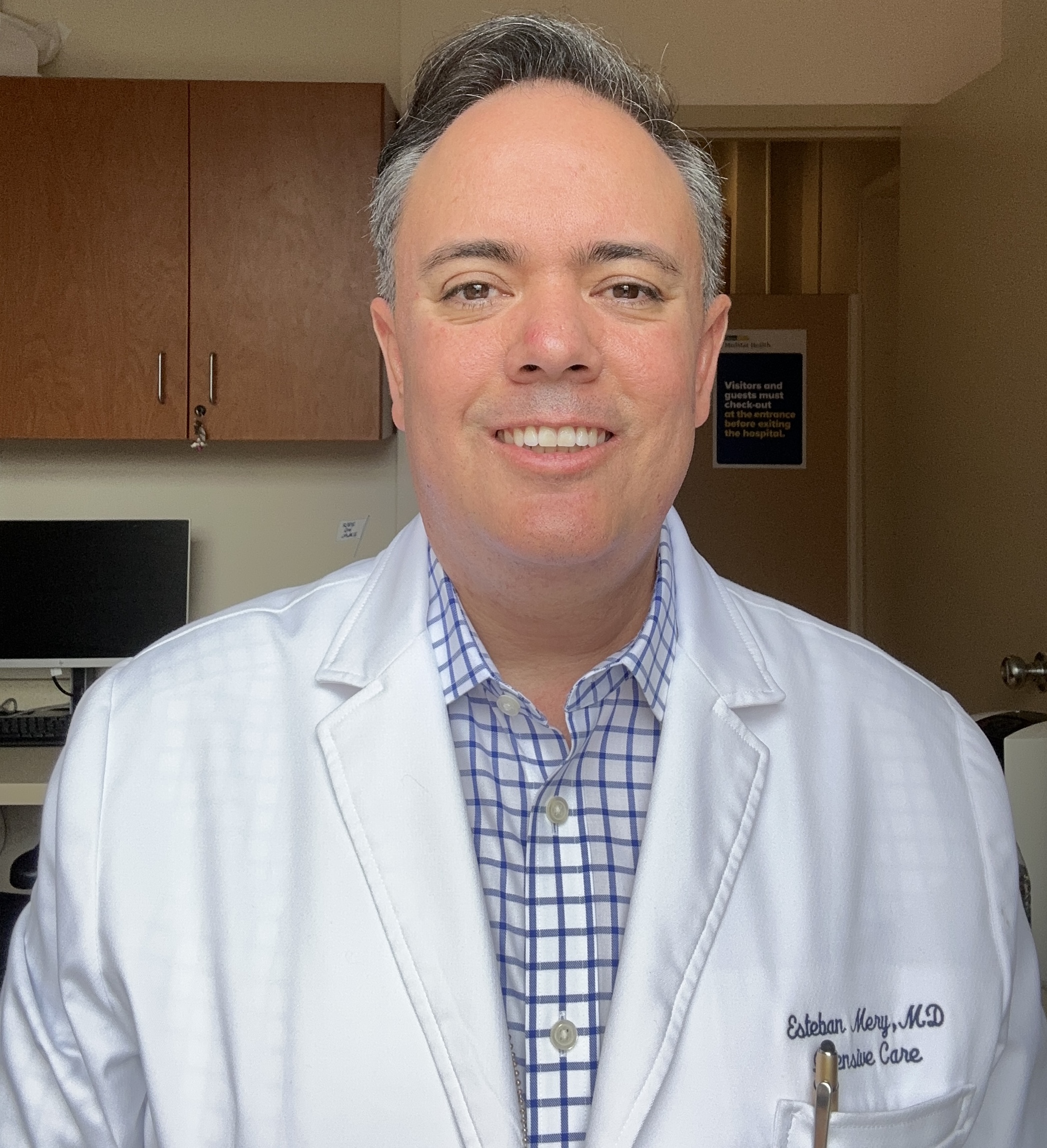
Dr. Esteban Mery-Fernandez
Esteban Mery-Fernandez, MD, is an intensivist at MedStar Washington Hospital Center in Washington, DC, where he serves as the Medical Director of a high-acuity medical, surgical, and neurologic ICU. With a background in Internal Medicine and Critical Care, Dr. Mery specializes in managing complex medical conditions and acute critical illnesses. Passionate about healthcare leadership, he brings over a decade of experience as a medical leader. Dr. Mery is also an Executive Coach trained at the Georgetown Institute for Transformational Leadership, where he supports physicians in their personal and professional development. In addition to his clinical responsibilities, he is a consultant and public speaker and has served as a Visiting Professor of Medicine at Universidad CES in Medellín, Colombia
Time: 00:00 - 00:00
Abstract:
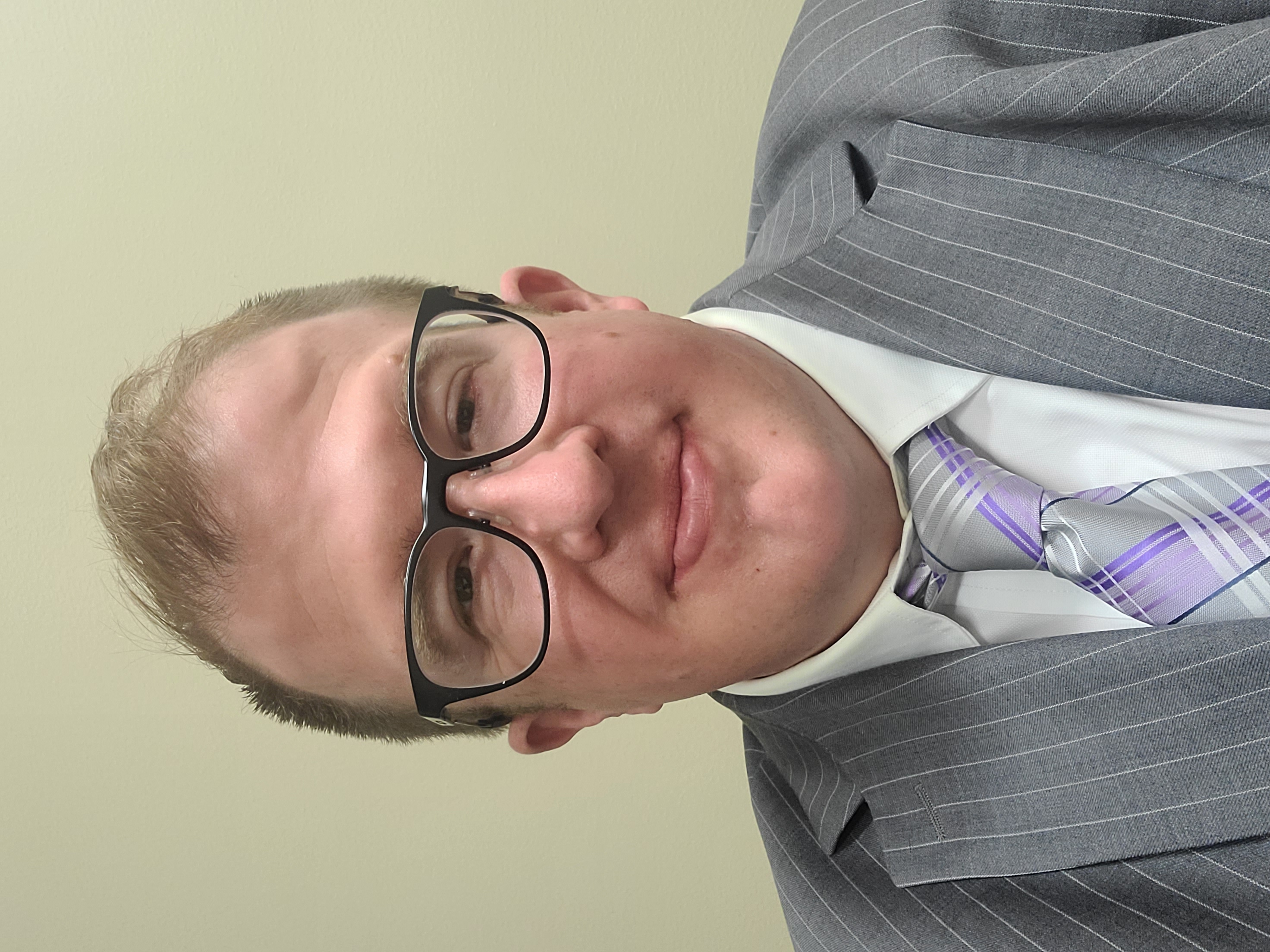
Dr. Michael O'Brien
Michael O’Brien, MD, is a veteran critical care paramedic, EMS educator, and EMS physician. His clinical practice is divided between shifts in the Emergency Department and operational medicine/field response. He provides medical direction for Erie Community College’s EMS training programs and the Niagara County Sheriff’s Office Emergency Response Team, and he responds with the Town of Tonawanda Police Department's Emergency Medical Unit. Additionally, he serves as the Associate System Medical Director and Flight Physician for Mercy Flight of Western New York.
Dr. O’Brien’s interests focus on prehospital resuscitation and extracorporeal life support (ECLS). He is a subject matter expert in Emergency Medical Services, aeromedical evacuation/retrieval, and tactical medicine/active threat incidents. He frequently speaks on topics such as out-of-hospital cardiac arrest, operational/austere medicine, and the ethics of emergency care. Dr. O’Brien is double board-certified by the American Board of Emergency Medicine in Emergency Medicine and Emergency Medical Services. He also serves on national committees with the National Association of EMS Physicians, the American College of Emergency Physicians, and the Air Medical Physician Association.
PREHOSPITAL CARE AND EMS
Best Practices for Education of Prehospital Clinicians
Time: 15:00 - 15:20
Abstract:
The public depends on highly trained prehospital professionals to respond when they experience an emergency. The landscape of emergency medical services education is evolving at a rapid pace. It is imperative that education programs adapt and employ new educational modalities to keep pace with the ever-changing science of emergency medicine.
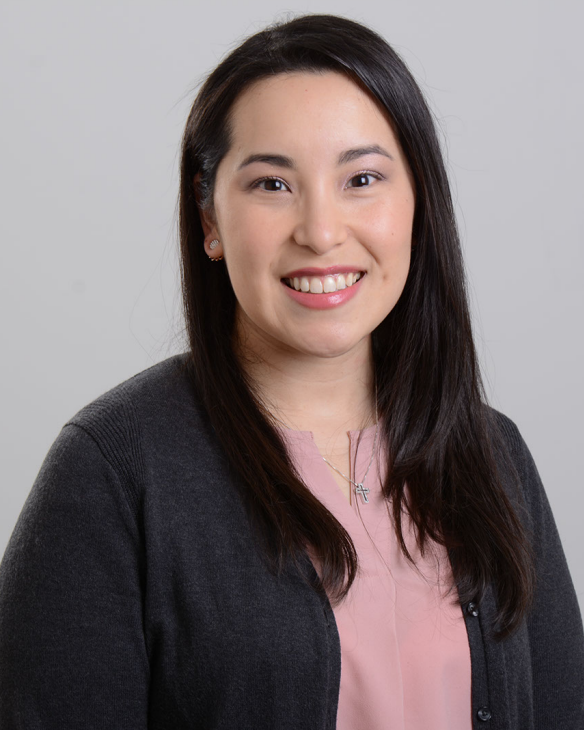
Dr. Kaori Tanaka
Kaori Tanaka, DO, MSPH, FACEP
Clinical Associate Professor, Division of Emergency Medicine/EMS
University at Buffalo, Buffalo, New York, USA
System Medical Director | Flight Physician
Mercy Flight of WNY, Buffalo, New York, USA
Dr. Kaori Tanaka is dual board-certified in the American Board of Emergency Medicine (ABEM) and Emergency Medical Services (EMS), with specialty training in EMS, Critical Care Air Transport Medicine, and Tactical Medicine. She completed her residency at the State University of New York (SUNY) at Buffalo and received her fellowship training in EMS through SUNY at Buffalo. Currently, Dr. Tanaka serves as an attending physician in the Emergency Departments at Buffalo General Hospital and Erie County Medical Center. Additionally, she is the System Medical Director and a flight physician for Mercy Flight of WNY, overseeing both ground and air ambulances (rotor and fixed-wing).
Dr. Tanaka’s research interests focus on prehospital resuscitation, training for prehospital providers and law enforcement, critical care transport medicine, and international emergency medicine. She is passionate about international emergency medicine development and has worked in Vietnam through the Vietnam Society of Emergency Medicine. Dr. Tanaka also serves on national committees with the American College of Emergency Physicians, the National Association of EMS Physicians, and the Air Medical Physician Association.
ENVIRONMENTAL-RELATED EMERGENCIES
Best Practice for Heat-Related Emergencies
Time: 15:00 - 15:20
Abstract:
Heat-related emergencies remain a public health concern in the subtropical countries of Southeast Asia, including Vietnam. While community awareness and prevention are key to avoiding heat-related emergencies, early recognition is paramount to increasing survivability and reducing long-term morbidity. This lecture will review heat-related pathophysiology and highlight the most common and severe heat-related emergencies, with particular emphasis on recognition. We will also review the most critical aspects of treatment and goals of therapy. Lastly, we will discuss a novel approach to heat-related illnesses that has proven to be successful in the prehospital setting in the United States that may prove to be beneficial in low-resource hospital settings.
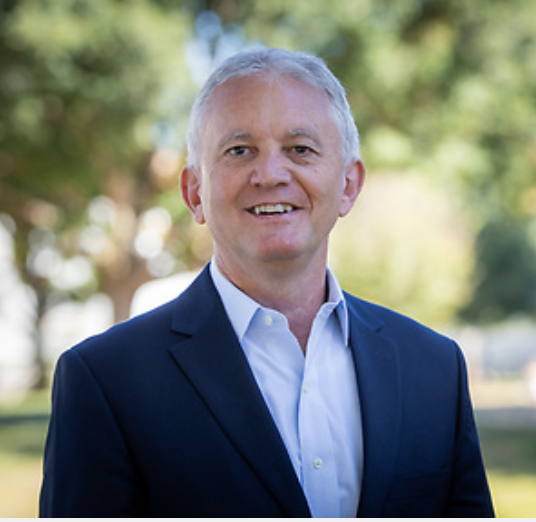
Dr. Alex Isakov
Alexander Isakov, MD, MPH, FACEP, FAEMS, is a professor of emergency medicine at the Emory University School of Medicine in Atlanta, Georgia. He is the founding executive director of the Emory Office of Critical Event Preparedness and Response (CEPAR), which has coordinated Emory’s enterprise-wide planning and response to catastrophic incidents for 17 years. He is also the founding director of Emory’s Section of Prehospital and Disaster Medicine, where his faculty provides medical oversight for 911 communication centers and ground and air ambulance responders in metropolitan Atlanta.
Dr. Isakov also founded the Emory-Grady EMS Biosafety Transport Program, which since 2002 has supported the CDC and the Serious Communicable Diseases Program at Emory University Hospital in the transport of patients suspected or confirmed to have a high-consequence infectious disease. He serves as the medical director for Air Life Georgia, the Sandy Springs Fire Department, and Emory EMS. Additionally, he chairs the State EMS Medical Director’s Advisory Council.
Dr. Isakov is a member of the American College of Emergency Physicians (ACEP) Epidemic Expert Panel and is the Chair-elect of the EMS sub-board for the American Board of Emergency Medicine (ABEM). He serves as the emergency medical services and patient transport lead for the National Emerging Special Pathogens Training and Education Center (NETEC) and founded its EMS Biosafety Transport Consortium and workgroup. He is a designated subject matter expert for the HHS Administration for Strategic Preparedness and Response, Technical Resources, Assistance Center, and Information Exchange (ASPR TRACIE), with whom he collaborated to develop the EMS Infectious Disease Playbook. He also leads the HHS Region 4 - Regional Disaster Health Response System program.
Dr. Isakov earned his MD from the University of Pittsburgh and his MPH from Boston University. He completed his emergency medicine residency at the University of Massachusetts Medical Center and his EMS fellowship with Boston EMS. He is board-certified by the American Board of Emergency Medicine in both clinical emergency medicine and emergency medical services (EMS). Dr. Isakov practices clinically in the emergency department of Emory University Hospital in Atlanta, GA.
ENVIRONMENTAL-RELATED EMERGENCIES
Emerging Biothreats - What Should We Know?
Time: 15:20 - 15:40
Abstract:
Emerging and resurging high consequence infectious diseases are associated with high risk of morbidity and mortality. Further, these diseases do not respect international borders and can rapidly pose global health threats putting healthcare personnel in Vietnam and around the globe at risk for exposure and illness. The target audience for this program is emergency medical services personnel of all levels as well as any other clinical personnel who may be exposed to patients with high consequence communicable diseases. This lecture will review the evolving Mpox outbreak in central Africa and updates about recent human infections with the H5N1 avian influenza virus. The Identify, Isolate and Inform strategy will be reviewed as a tool to enhance safety for frontline personnel as well as steps to implement a hierarchy of controls.

Dr. Jessica Schramm
Jessica M. Schramm, PA-C, MSPAS, is a Physician Assistant at the University of Florida Health Shands Hospital in Gainesville, Florida, specializing in neurocritical care. She has a background in victim advocacy, particularly for victims of violent crimes. Recently, she contributed to the construction and implementation of the Trauma in Resuscitation and Evacuation in Combat Course (TRECC) and served as an instructor for the pilot course in Ukraine.
ACUTE STROKE MANAGEMENT
TNK vs t-PA - Which is Best?
Time: 08:00 - 08:20
Abstract:
Stroke is the leading cause of death and disability in Vietnam, specifically, 165 deaths per 100,000 people. Recanalization therapy for acute ischemic stroke (AIS) includes intravenous thrombolysis (IVT) and endovascular therapy (EVT). Access to EVT is not widely available in Vietnam, therefore understanding the IVT options is of the utmost importance. Utilizing the most superior IVT could improve stroke outcomes and have a profound impact on disability and death in Vietnam. This lecture will review and compare Alteplase, a recombinant tissue plasminogen activator (r-tPA) and Tenecteplase (TNK) for IVT in acute ischemic stroke.
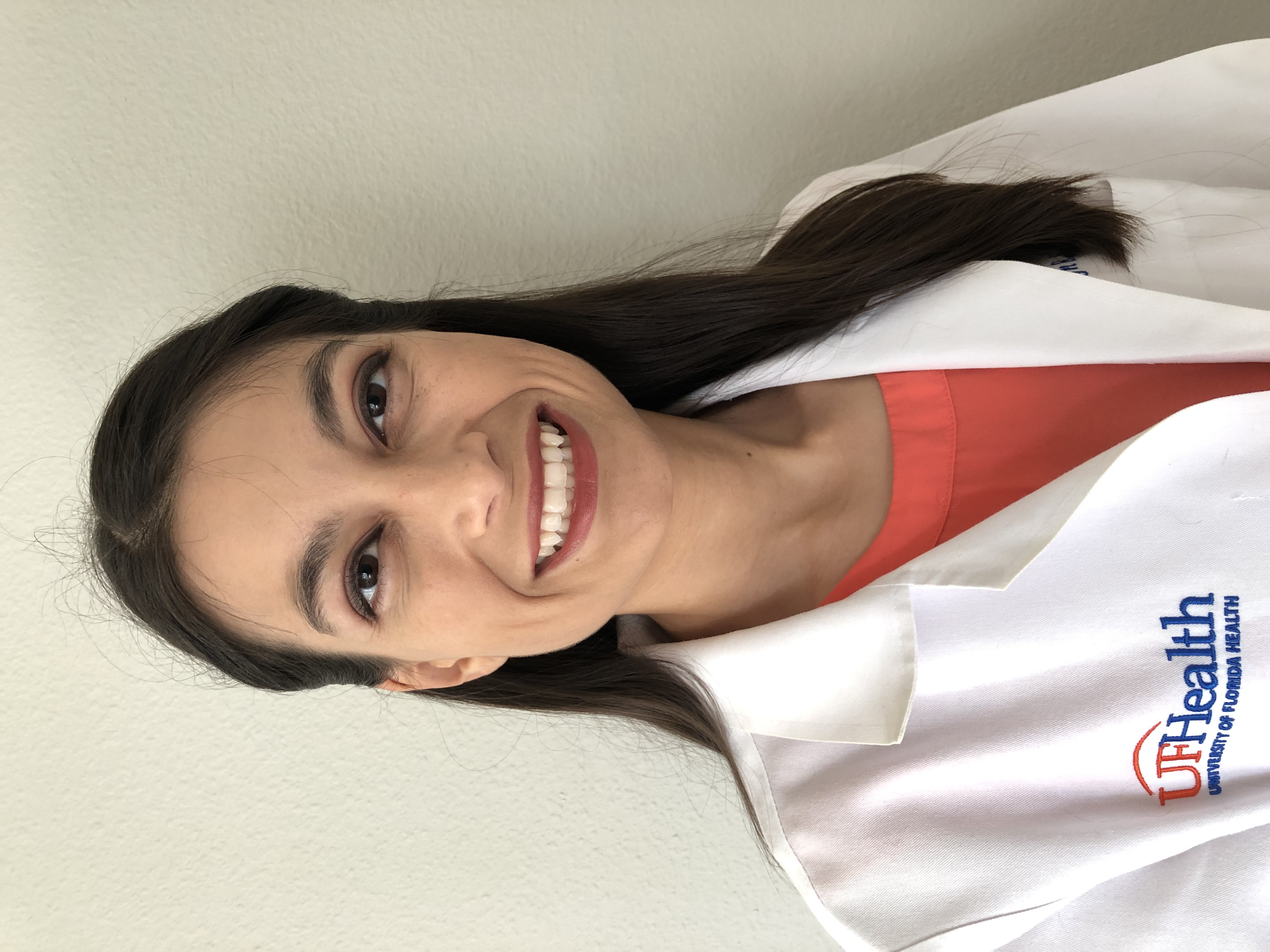
Dr. Kaitlyn Evans
Kaitlyn Evans, PA-C, MPAS, is a Critical Care Physician Assistant in Neurocritical Care at the University of Florida Shands Health Hospital in Gainesville, Florida. As part of the Neurocritical Care team, she helps diagnose and treat patients with strokes, intracranial hemorrhages, seizures, and other neurological conditions throughout the hospital. Kaitlyn is also currently working on a project to improve outpatient follow-up for hospitalized patients newly diagnosed with seizures.
ACUTE STROKE MANAGEMENT
TNK vs t-PA - Which is Best?
Time: 08:00 - 08:20
Abstract:
Stroke is the leading cause of death and disability in Vietnam, specifically, 165 deaths per 100,000 people. Recanalization therapy for acute ischemic stroke (AIS) includes intravenous thrombolysis (IVT) and endovascular therapy (EVT). Access to EVT is not widely available in Vietnam, therefore understanding the IVT options is of the utmost importance. Utilizing the most superior IVT could improve stroke outcomes and have a profound impact on disability and death in Vietnam. This lecture will review and compare Alteplase, a recombinant tissue plasminogen activator (r-tPA) and Tenecteplase (TNK) for IVT in acute ischemic stroke.

Dr. Hannah L. Kirsch
Dr. Hannah L. Kirsch is an Assistant Professor of Neurocritical Care at Stanford University in Palo Alto, California. She serves as the Program Director of the Stanford Neurocritical Care Fellowship and as the Physician Lead for the Inpatient Hospice Program. Her major academic interests include narrative medicine and serious illness conversations in critical neurological illness, areas in which she has been recognized as the Vice Chair of the Neuropalliative Care Section of the American Academy of Neurology and as a national keynote speaker. Dr. Kirsch also serves as a communication coach for neurology trainees and is an active member of the International Neuropalliative Care Society.
Time: 00:00 - 00:00
Abstract:

Dr. Anisha Tailor
Time: 00:00 - 00:00
Abstract:

Dr. Ranjita Raghavan
Dr. Ranjita Raghavan, MD, recently completed a Global Emergency Medicine Education Fellowship at UCSF-Fresno in partnership with EM:RAP, a leader in emergency medicine education. She worked at Community Regional Medical Center, the only level 1 trauma and burn center in Central California. Dr. Raghavan is passionate about using multiple modalities for teaching and has supported numerous emergency medicine residencies globally. She also collaborates with Médecins Sans Frontières, delivering continuing education lectures for clinicians throughout Africa and the Middle East. Dr. Raghavan received her Medical Degree and Bachelor of Arts from the University of Southern California and completed her residency in Emergency Medicine at Mount Sinai Hospital in New York City. She is currently a practicing emergency medicine physician in New York City.
ENDOCRINE & ONCOLOGY
Best Practice for the Patient with Diabetic Ketoacidosis
Time: 08:00 - 08:20
Abstract:
Managing Diabetic Ketoacidosis (DKA) is more complex than just following an algorithm. It includes resuscitation while paying careful attention to metabolic derangements, electrolyte imbalances and ensuring you are treating any precipitating infection as well. It is important to ensure the patient has many access points and understand that there is a tendency to underestimate how volume depleted the patient is. Give a balanced fluid if you can, and continue to keep an eye out for hyperchloremic acidosis as your resuscitation continues. When transitioning to basal insulin, consider giving it upfront instead of waiting for the anion gap to close in order to start the transition. Lastly, newer research seems to indicate that incorporating a subcutaneous protocol for mild DKA instead of an insulin drip may lower a patient’s length of stay in the hospital and allow for the patient to be managed in a lower level of care setting.
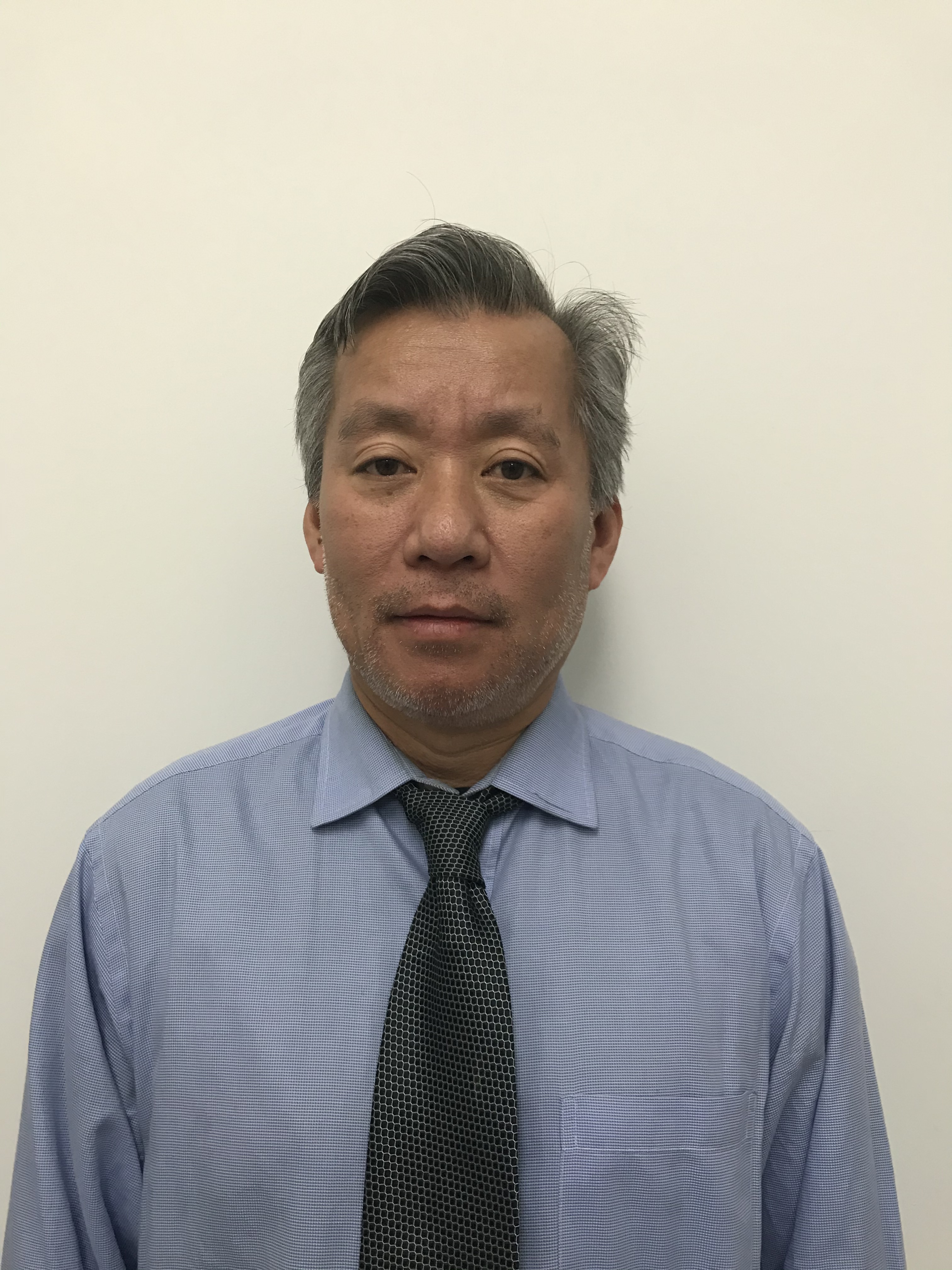
Dr. Trien Vu
Dr. Trien Vu is currently an Assistant Professor of Emergency Medicine at MD Anderson Cancer Center, Texas Medical Center, in Houston, Texas.
He earned his medical degree from the University of Kansas Medical School in Kansas City, Kansas, in 1993 and completed his residency in Internal Medicine at the University of Texas Medical Branch in Galveston, Texas, in 1996. Following residency, Dr. Vu was honored with an appointment as Assistant Professor in the Department of Emergency Medicine at the University of Texas Medical Branch in Galveston, where he provided patient care and clinical guidance to students and residents rotating through the department.
After leaving Galveston, Dr. Vu joined the Emergency Department at St. Luke’s Hospital in the Texas Medical Center, where he practiced emergency medicine for over 21 years. During his time there, he frequently collaborated with specialty residents and served as a preceptor for nurse practitioner students.
At MD Anderson, Dr. Vu’s goals include providing excellent and compassionate emergent care to patients in the emergency department, understanding patients’ needs and concerns while communicating their conditions and treatments clearly and effectively, teaching and guiding trainees in the department, and collaborating on prospective research in the oncological fields.
ENDOCRINE & ONCOLOGY
Oncologic Emergencies
Time: 08:20 - 08:40
Abstract:
Cancer is the second leading cause of death in the US and is projected to increase over 60% in the next 20 years by the World Health Organization. Traditionally, cancer have been treated with chemotherapy and radiotherapy less than
desirable outcome and many unwanted side effects. With advances in cellular therapy and immunotherapies, new, exciting and promising approaches have been developing in the last few decades, including checkpoint inhibitors therapies, stem cell transplantations, and Chimeric antigen receptor T (CAR-T) cell therapies. This discussion will focus on CAR-T therapy and its potential impact on physicians in the emergency and intensive care settings.

Dr. Carolina B. Maciel
Carolina B. Maciel is an Associate Professor of Neurology and Neurosurgery at the University of Florida, where she practices as a neurointensivist and critical care encephalographer and serves as the Director of Research for Neurocritical Care. Her areas of expertise include clinical trials in critical care, mechanisms of brain injury after hypoxic-ischemic insults, novel therapies for neuroprotection and status epilepticus, and neurologic outcome prediction. Dr. Maciel also serves on the Science Subcommittee for the American Heart Association and the Clinical Research Subcommittee for the American Academy of Neurology.
NEUROLOGY AND SEPSIS
Updates on the AHA Guidelines
Time: 10:00 - 10:20
Abstract:
The recognition of the mechanisms underpinning secondary injury and of potential complications of post-cardiac arrest syndrome is key for improving outcomes of cardiac arrest survivors. We discuss the updated recommendations from the American Heart Association for the management of cardiac arrest in adults.

Dr. Ethan Kahn
David Ethan Kahn, MD, is a Clinical Associate Professor of Neurology at NYU Langone Health in New York. He completed his Neurology residency at Drexel University College of Medicine, where he served as chief resident, followed by fellowship training in Neurocritical Care at the University of Miami Miller School of Medicine. Dr. Kahn is a sub-investigator in multiple clinical trials related to intracerebral hemorrhage and stroke, and has authored numerous peer-reviewed papers in the field of neurocritical care. He has also presented his work at national conferences on neurology, critical care, and neurocritical care. Dr. Kahn’s current research interests include developing predictive models for awakening from coma and spinal cord injury.
NEUROLOGY AND SEPSIS
Care of the Patient with Status Epilepticus
Time: 10:20 - 10:40
Abstract:
Status epilepticus is a disease with high morbidity and mortality. The current treatment strategy highlights a staged approach to care. Improvements in care have been made, with an emphasis on treatment expediency and medication choices. This presentation will review the current management strategies of status epilepticus, ongoing trials, and recent trends in care.
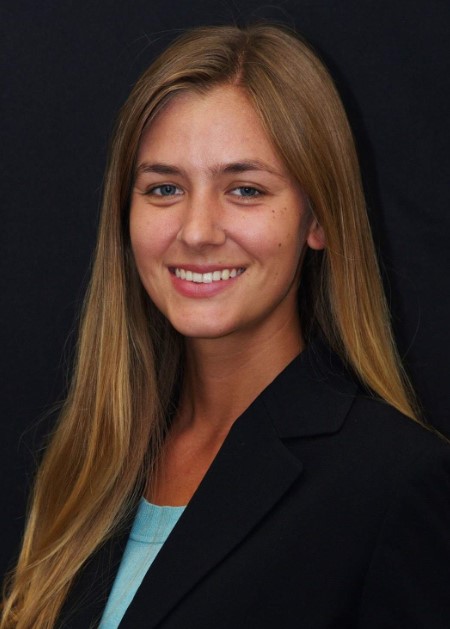
Dr. Juliette Gerardo
Juliette Gerardo, MD, is a Global Health Fellow in Emergency Medicine at the University of California, Davis in Sacramento, California. Her areas of interest include emergency medicine education and curriculum development, the use of ultrasound in low-resource settings, and women’s and children’s health. Dr. Gerardo has also served as a visiting lecturer for the emergency medicine diploma program at Cho Ray Hospital and University Medical Center Hospitals in Ho Chi Minh City, Vietnam.
TOXICOLOGICAL EMERGENCIES
Buprenorphine - The Best Solution for Substance Use Disorder?
Time: 10:00 - 10:20
Abstract:
Buprenorphine is a safe treatment for those with opioid use disorder and emergency department providers are poised for initiation for our patients presenting for treatment. Initiation and continuation are underutilized due to lack of availability, prior prescription limitations, and need for patients to be in opioid withdrawal prior to induction. This lecture will address buprenorphine options and induction strategies to improve treatment acceptability, retention, and outcomes
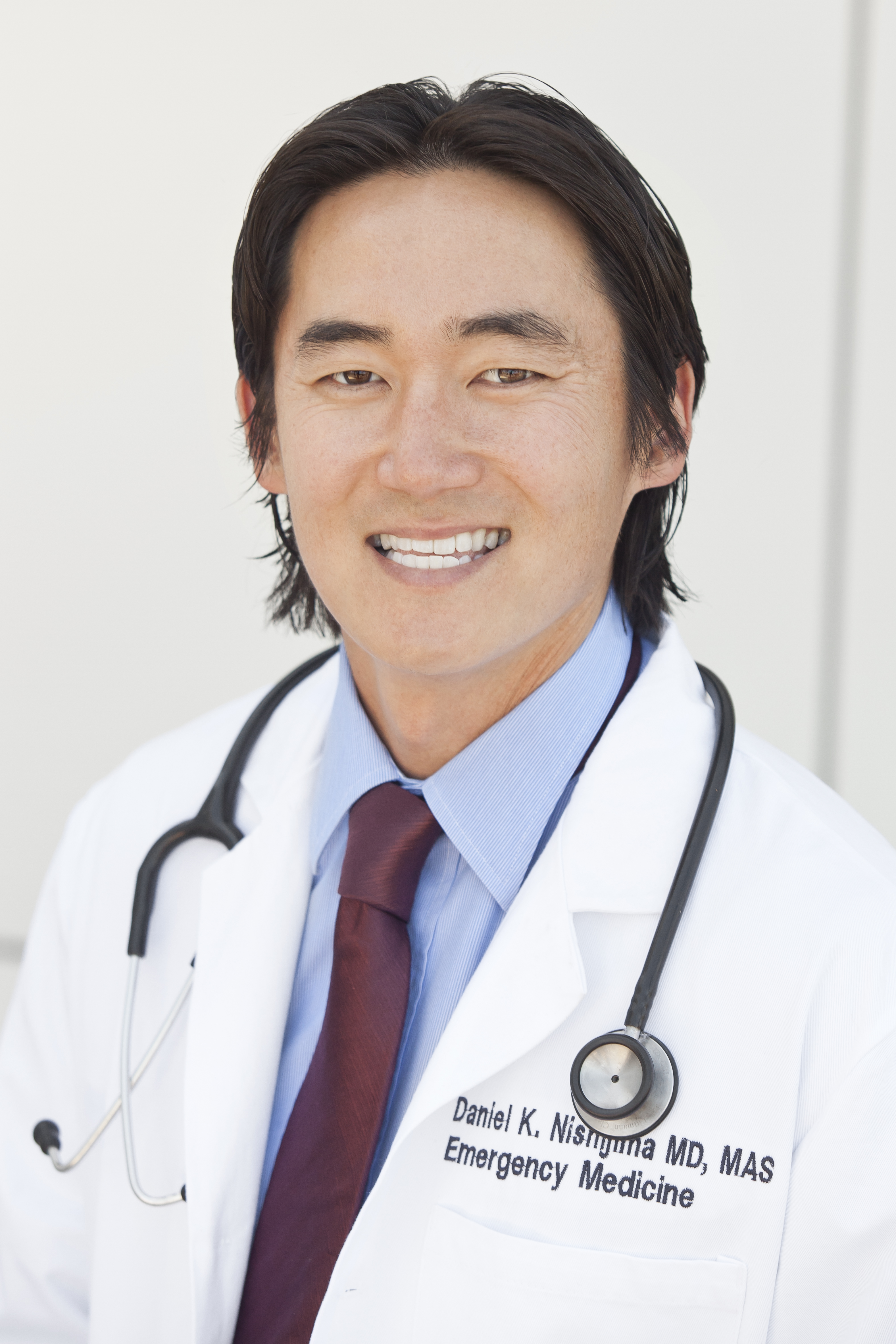
Dr. Daniel Nishijima
Daniel Nishijima, MD, MAS, is a Professor of Emergency Medicine at UC Davis School of Medicine in Sacramento, California. He currently serves as Vice Chair of Research in the UC Davis Department of Emergency Medicine and co-Principal Investigator for the NORCARES hub within SIREN and the PRIME node within PECARN. His research focuses on the management of traumatic and neurological emergencies in pediatric and adult patients. Dr. Nishijima has received numerous federal grants and has published over 120 research articles.
TRAUMA CARE
Research in Trauma: Latest Evidence for Tranexamic Acid
Time: 10:40 - 11:00
Abstract:
Tranexamic acid (TXA) is an antifibrinolytic agent that stops plasmin generation and bleeding. TXA is cheap, readily available, and is a World Health Organization (WHO) essential medication. This lecture will review current evidence and describe the use of TXA in various bleeding conditions encountered in the emergency department. We will take an evidenced-based approach to the indications, dosing, and timing of TXA.
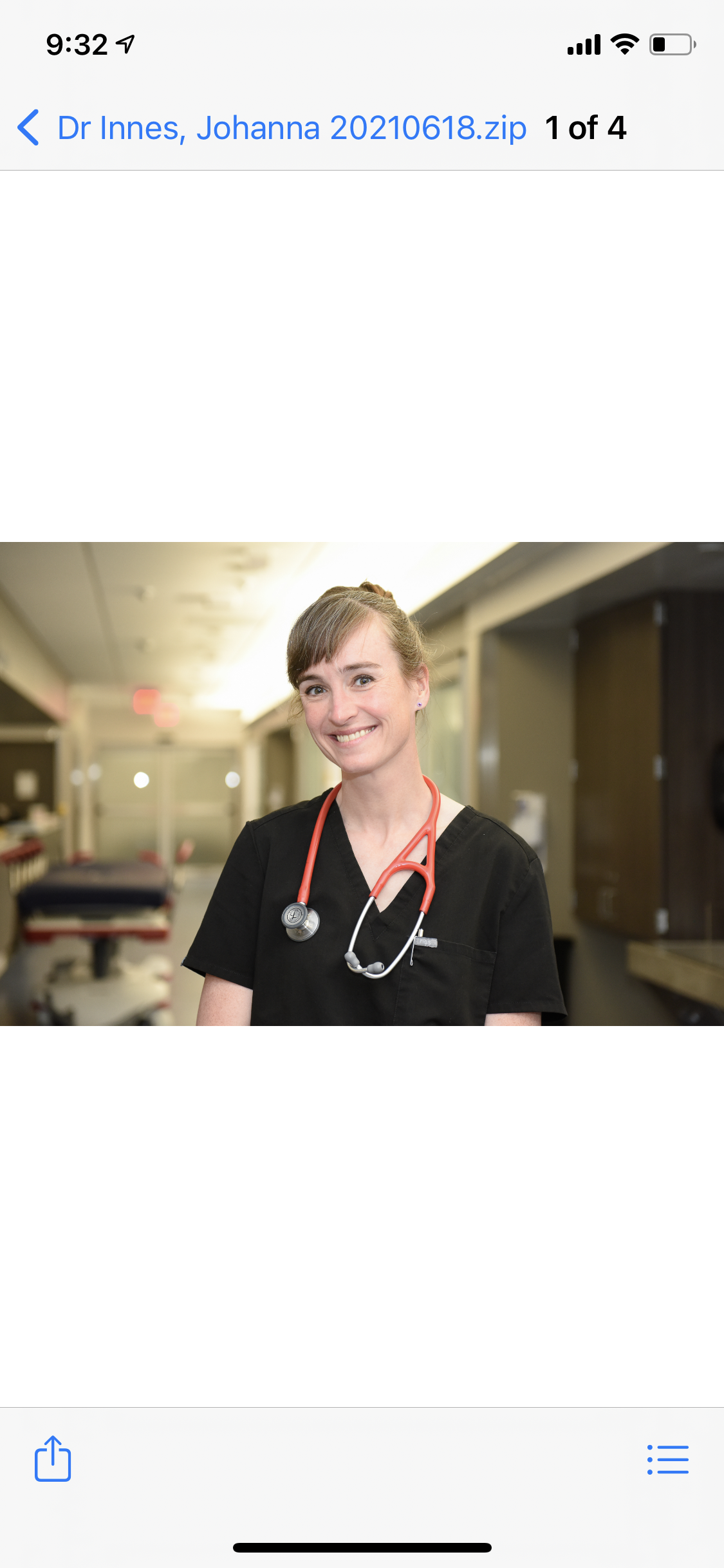
Dr. Johanna Innes
Dr. Johanna Innes is an attending physician in the Emergency Department at Erie County Medical Center (ECMC), a Level One Trauma Center in Buffalo, New York. She is board certified in both Emergency Medicine and Emergency Medical Services. Dr. Innes is the Program Director of the Fellowship in Emergency Medical Services and a Clinical Assistant Professor of Emergency Medicine at the Jacobs School of Medicine & Biomedical Sciences. She also serves as the Medical Director for several local EMS agencies and is an Operational Medical Director with the American Medical Response Western New York (AMR-WNY)/University at Buffalo Physician Response Team.
Dr. Innes began her career as a paramedic and, after completing medical school and residency in South Carolina, relocated to Buffalo to complete a Fellowship in EMS. Her interests include prehospital care provider education, Graduate Medical Education, and research in EMS/prehospital care. She has spoken nationally and internationally on EMS topics and serves on state, national, and international committees with the National Association of EMS Physicians.
CARDIOLOGY AND SHOCK
Updates on the Care of the Patient with STEMI
Time: 13:20 - 13:40
Abstract:
This presentation provides a comprehensive overview of the latest updates in the management of ST-elevation myocardial infarction (STEMI), incorporating recommendations from leading professional cardiology societies across the globe. Key topics include rapid diagnosis, evolving reperfusion strategies, antithrombotic therapy, and secondary prevention measures, supported by recent clinical trials and guidelines.
This update aims to equip healthcare professionals with the most current evidence-based knowledge to optimize outcomes and ensure adherence to best practices in the care of STEMI patients.
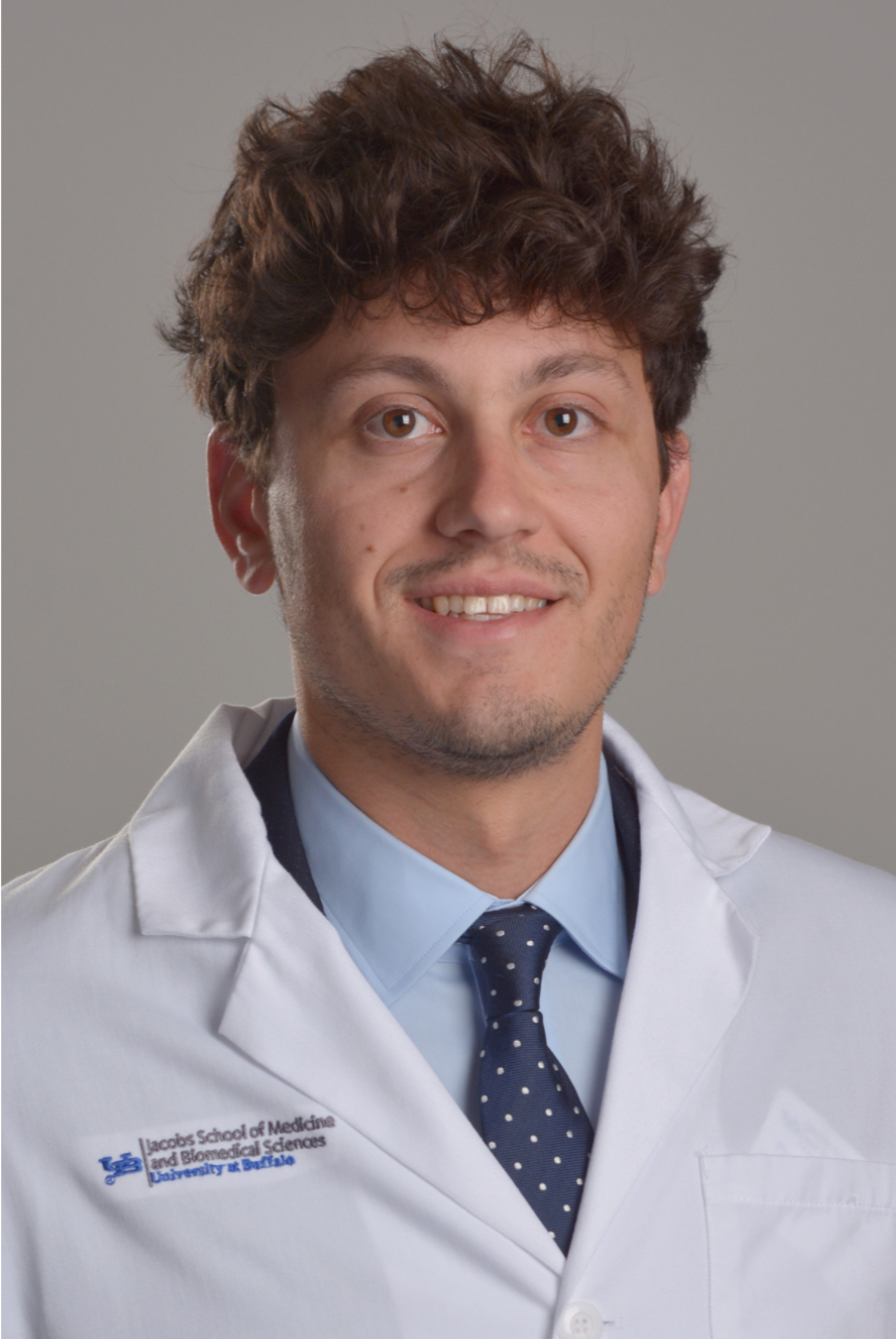
Dr. Stavros Lalos
Time: 00:00 - 00:00
Abstract:
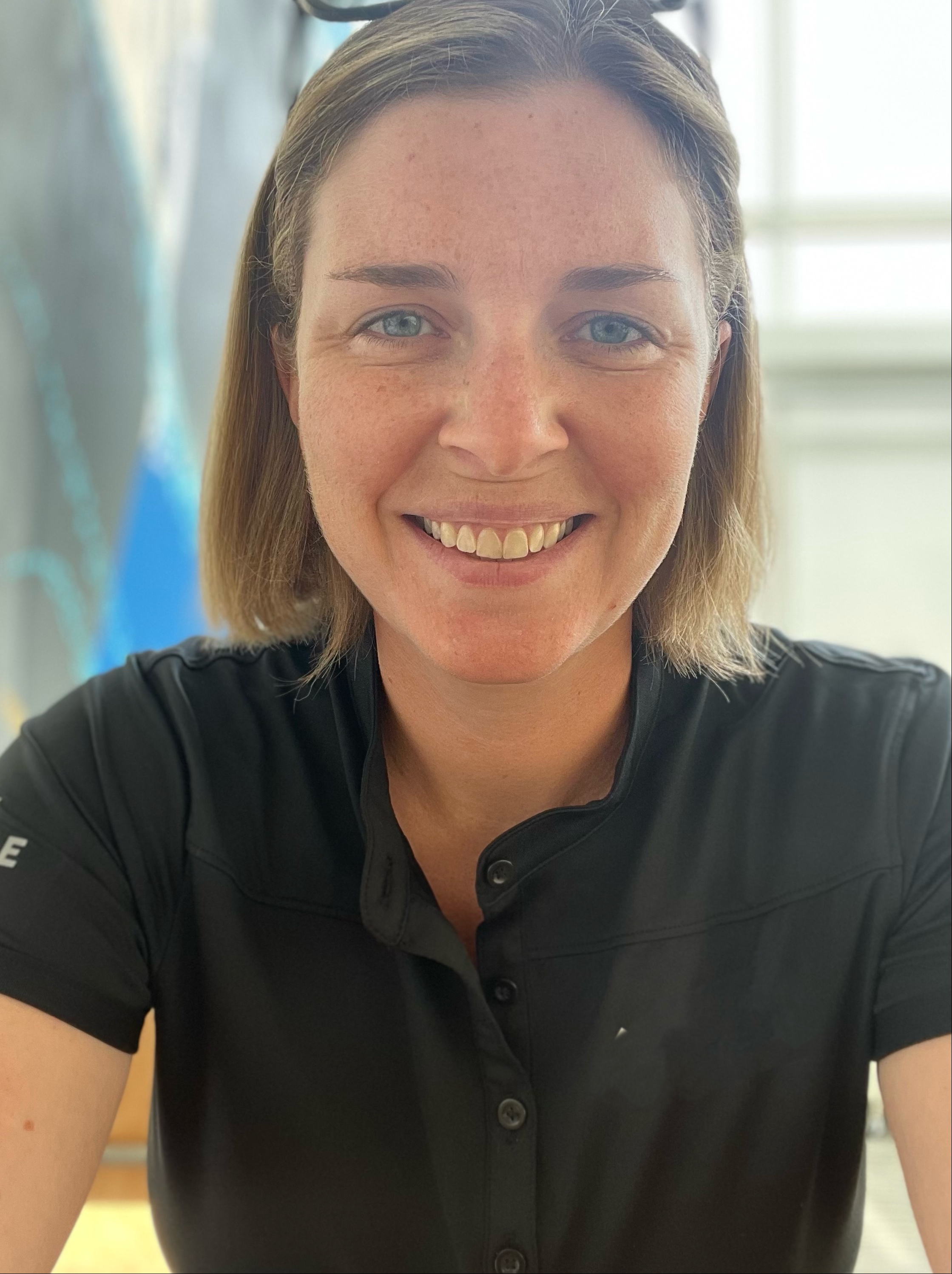
Dr. Caitlin Kohl
Caitlin Kohl, NRP, is a Critical Care Paramedic and National Registry Paramedic at the University of Florida Shands Hospital in Gainesville, Florida. She is also an EMT and Paramedic Instructor at the Santa Fe College Institute of Public Safety in Gainesville. Her areas of interest include prehospital emergency medicine, as well as post-disaster emergency management and patient care. In addition, Caitlin works with Team Rubicon, providing disaster management in response to natural disasters and humanitarian crises.
HIGH-QUALITY RESUSCITATION & CARE
Post-Disaster Issues and Best Practices
Time: 09:40 - 10:00
Abstract:
Vietnam is considered to be one of the most natural disaster prone countries in the world given it’s unique landscape and geographic location. Vietnam is prone to typhoons, floods, droughts, hailstorms, landslides and fires, and over three quarters of the population lives in an area that has, or can be, affected by a natural disaster. This lecture will discuss the importance of disaster preparedness and mitigation, patient management and triage and best practices for disaster related responses.
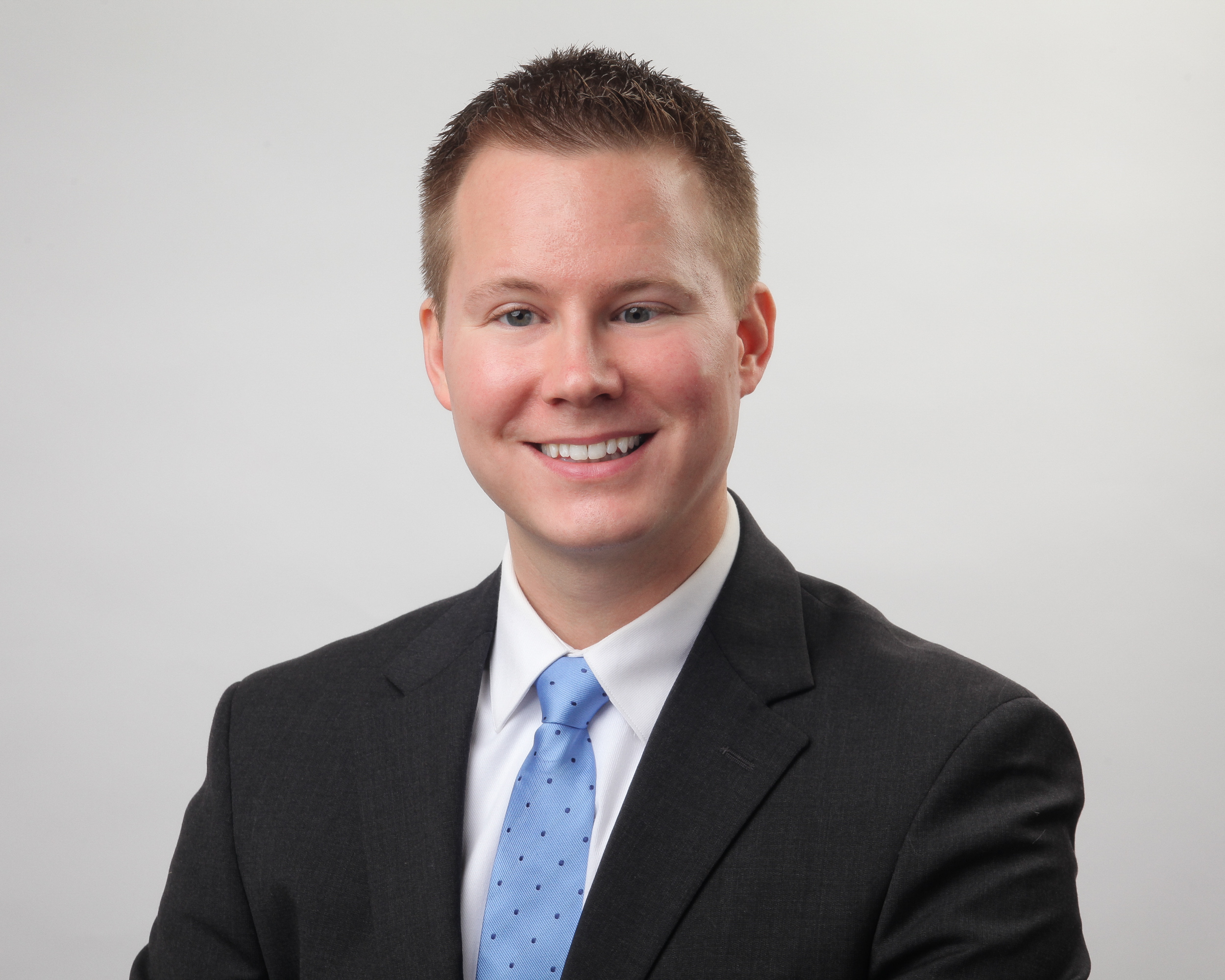
Dr. Michael J. Carr
Michael J. Carr, MD, FACEP, FAEMS, is an Associate Professor at Emory University and is board certified in Emergency Medicine as well as EMS and Disaster Medicine. Dr. Carr serves as the Medical Director for DeKalb County in Atlanta, Georgia. He is also the Medical Director for Air Life Georgia and is a member of the Physicians Advisory Board for Air Methods Corporation. Additionally, Dr. Carr is the Executive Director of the Prehospital and Ambulatory Virtual Emergency Services (P.A.V.E.S.) Network. He was recently appointed Chief Quality and Innovation Officer for the Cardiac Arrest Registry to Enhance Survival (C.A.R.E.S.). Dr. Carr works clinically at Emory University Hospital and the Atlanta VA Medical Center.
PREHOSPITAL CARE AND EMS
Myth Busting for Prehospital Practice
Time: 15:20 - 15:40
Abstract:
Lights, Sirens, and Lies: Debunking Myths in Prehospital Care" aims to dispel common misconceptions in emergency medical services (EMS). As an emergency and EMS physician, the speaker will address prevalent myths that impact prehospital care, such as the overuse of lights and sirens, unnecessary implementation of various drugs and devices, and various trends that are unsupported by high quality evidence. Objectives include enhancing critical thinking, promoting evidence-based practices, and improving patient outcomes by correcting outdated or mis-represented beliefs. Through case studies and current research, attendees will gain practical insights to refine their prehospital interventions and decision-making processes.






